RAK4600 Breakout Board Quick Start Guide
Prerequisites
Before going through the steps in the installation guide of the RAK4600 Breakout Board, make sure to prepare the necessary items listed below:
Hardware Tools
- RAK4600 Breakout Board (provided) – including LoRa and BLE antenna, Dupont lines (9x), and 4-pin headers (2x)
- Micro USB Cable (provided)
- LoRa Gateway in range, for testing (not provided)
- Windows PC (not provided)
- USB to UART adapter (not provided)
- RAKDAP1 Flash and Debug Tool (not provided)
Software Tools
Definition of Terms
List of acronyms
| ABP | Activation-By-Personalization |
| BLE | Bluetooth Low Energy |
| DFU | Device Firmware Upgrade |
| EUI | Extender Unique Identifier |
| LoRa | Long Range |
| OTAA | Over-The-Air-Activation |
| TTN | The Things Network |
| P2P | Peer to peer communication |
| SWD | Serial Wire Debug |
| RUI | RAKwireless Unified Interface |
Product Configuration
Interface with RAK4600 Breakout Board
To interface with the RAK4600 Breakout Board with your Windows PC, it is recommended to download and install the RAK Serial Port Tool.
Before powering the RAK4600 Breakout Module, ensure that the included LoRa and BLE antennas are installed. Failure to do so may damage the board.
Refer to Figure 1 to connect the antennas.
 Figure 1: RAK4600 Breakout Board antenna connection
Figure 1: RAK4600 Breakout Board antenna connectionRefer to Figure 2 and Figure 3 to identify the antennas.
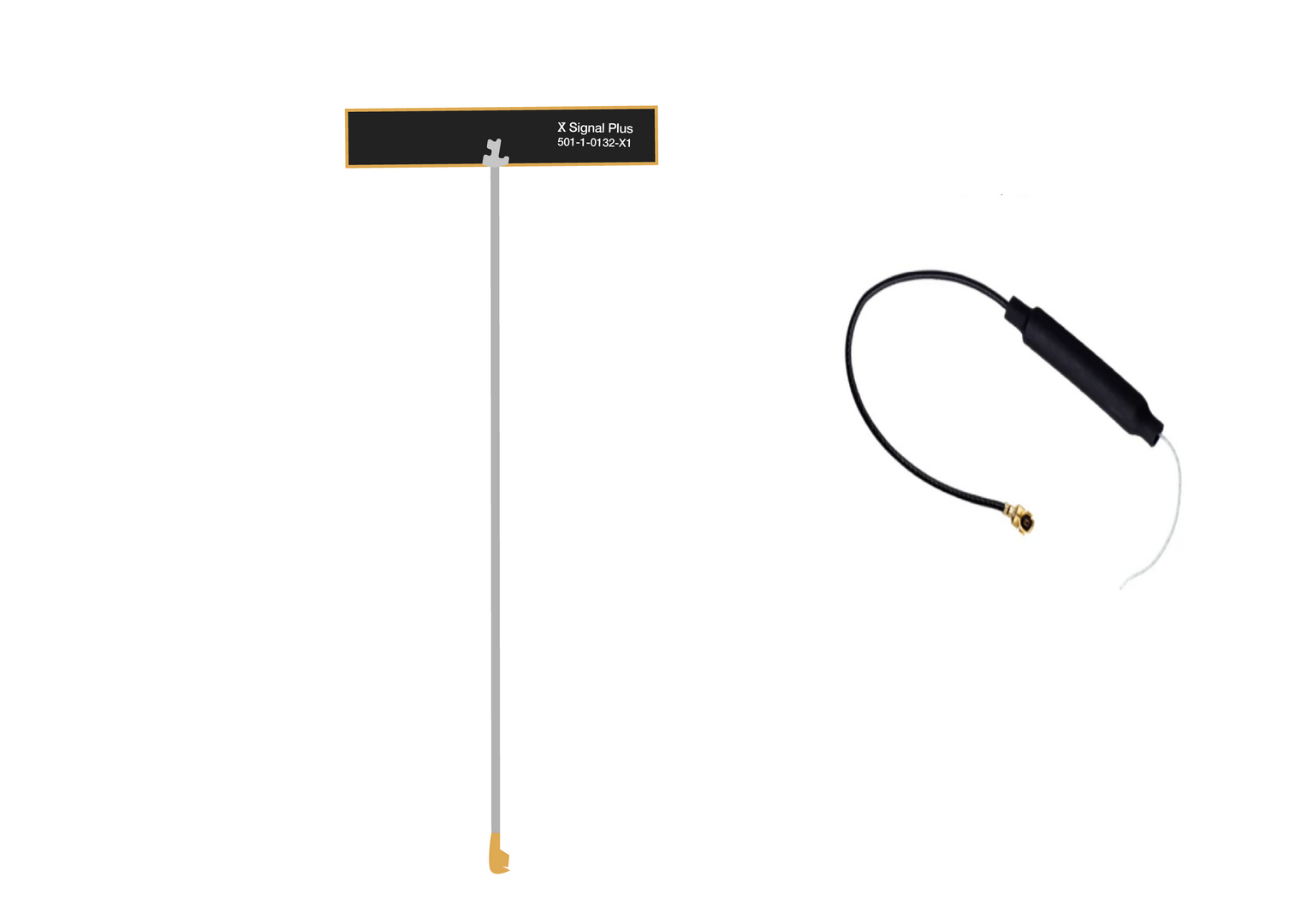 Figure 1: RAK4600 Breakout Board BLE antenna
Figure 1: RAK4600 Breakout Board BLE antenna Figure 1: RAK4600 Breakout Board LoRa antenna
Figure 1: RAK4600 Breakout Board LoRa antennaUSB to UART
- Connect the USB-to-UART adapter to the pin header on the RAK4600 Breakout Board using a set of four Dupont lines. Refer to Figure 4 for proper wiring.
 Figure 1: Power up and interface with the board
Figure 1: Power up and interface with the board- Open the RAK Serial Port Tool, select the COM port number noted in the previous step, and set the baud rate to 115200. Click OPEN to connect to the board and begin sending commands.
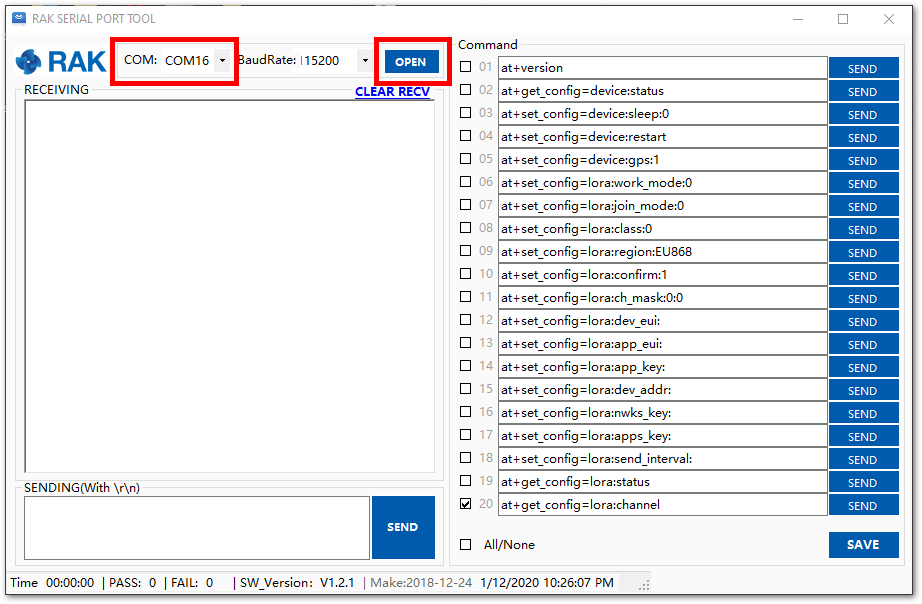 Figure 1: Configure the RAK Serial Port Tool
Figure 1: Configure the RAK Serial Port ToolBLE Interface
To configure the RAK4600 through BLE, execute the following steps.
- Install the nRF Connect or nRF Master Control Panel (BLE) app provided by Nordic Semiconductor.
- Open the app on the mobile device and scan for BLE devices.
- Reset the RAK4600 board. After a few seconds, a list of BLE devices will be shown. The RAK4600 is listed as RUI-XX: XX: XX.
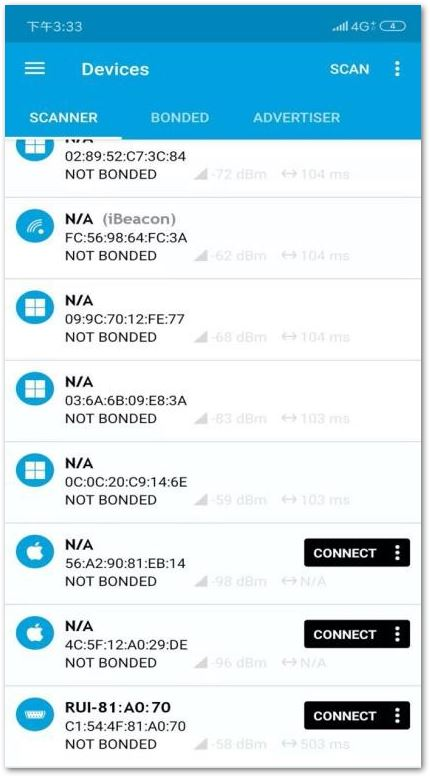 Figure 1: Nordic app scan for BLE devices
Figure 1: Nordic app scan for BLE devicesConnect within 60 seconds after resetting the RAK4600. After that time, the BLE broadcast will be stopped.
- After pressing the CONNECT button, a list will be displayed, as shown in Figure 7.
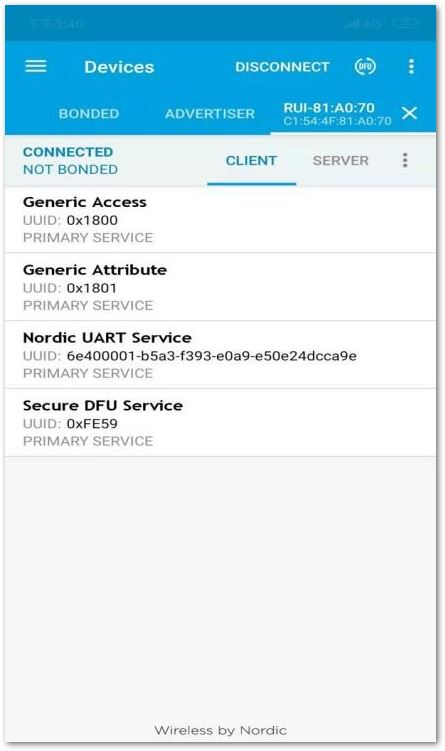 Figure 1: Options to connect to the RAK4600
Figure 1: Options to connect to the RAK4600- Select the service named Nordic UART Service.
- To receive data from mobile, enable notification on TX Characteristic by clicking on the arrow.
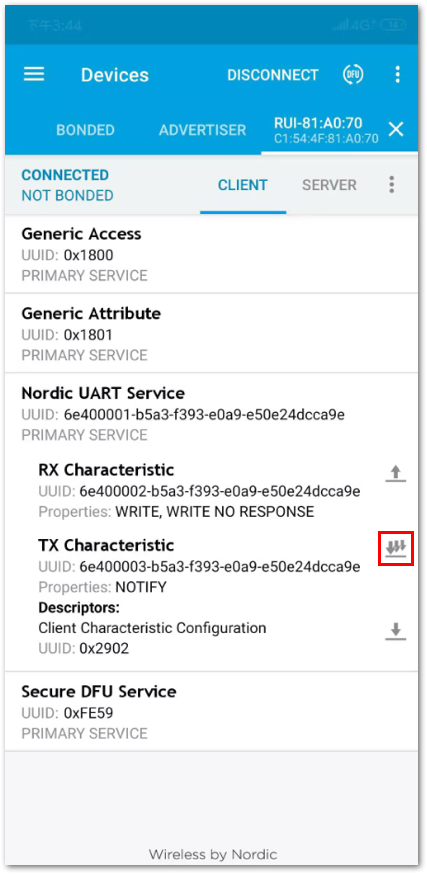 Figure 1: Enable notifications from mobile phone
Figure 1: Enable notifications from mobile phone- Write a value on RX Characteristic by clicking on the arrow.
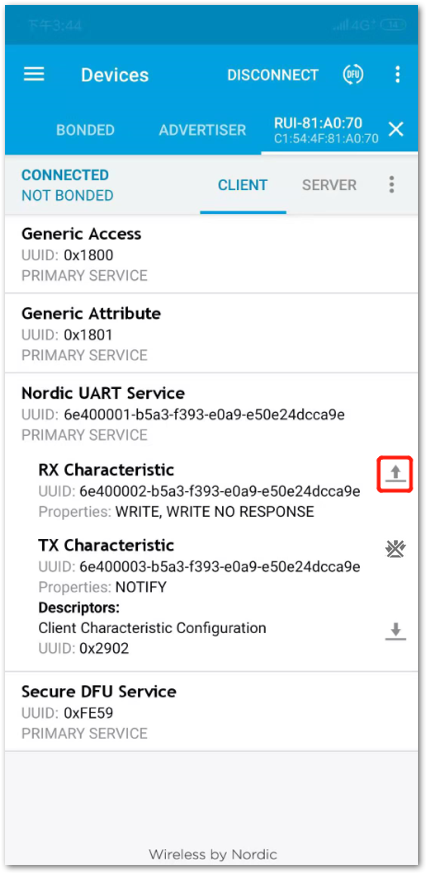 Figure 1: Send AT command
Figure 1: Send AT command- A small input window will appear, where AT commands can be entered.
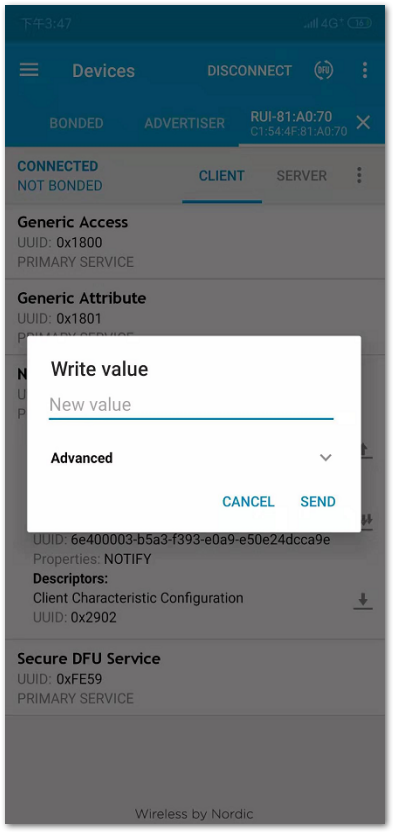 Figure 1: nRF app AT command input window
Figure 1: nRF app AT command input window-
Send AT commands to RAK4600 in this dialog.
- For example, to check the current firmware version, type
at+versionthen click on the SEND button.
- For example, to check the current firmware version, type
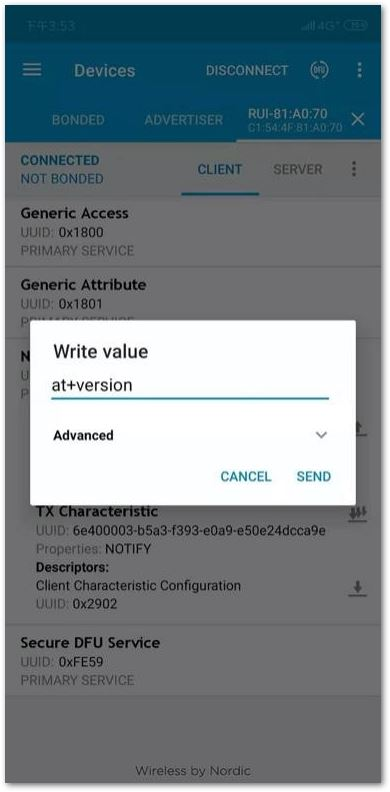 Figure 1: nRF app, send at command over BLE
Figure 1: nRF app, send at command over BLEThe console output shall be read on the TX Characteristic of the App.
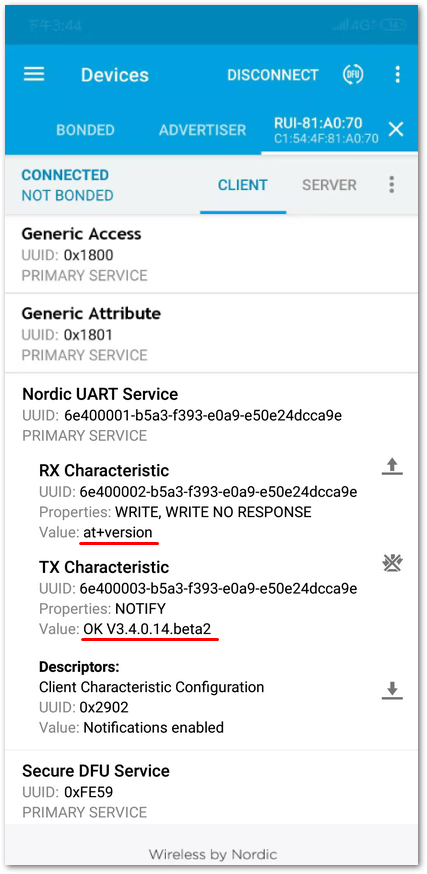 Figure 1: AT response over BLE
Figure 1: AT response over BLEConnecting to The Things Stack (TTN V3)
This section will show how to connect the RAK4600 Breakout Board to The Things Stack (TTN V3) platform.
 Figure 1: The Things Stack diagram
Figure 1: The Things Stack diagramAs shown in Figure 13, The Things Stack is an open-source LoRaWAN Network Server suitable for global, geo-distributed public and private deployments as well as for small, local networks. The architecture follows the LoRaWAN Network Reference Model for standards compliancy and interoperability. This project is actively maintained by The Things Industries.
LoRaWAN is a protocol for low-power wide-area networks. It allows for large-scale Internet of Things deployments where low-powered devices efficiently communicate with Internet-connected applications over long-range wireless connections.
The RAK4600 board can function as a device within this ecosystem. This section demonstrates how simple it is to send data to The Things Stack using the LoRaWAN protocol. To accomplish this, the RAK4600 must be within the coverage area of a LoRaWAN gateway connected to The Things Stack server.
Registration to TTN and Creating LoRaWAN Applications
Before starting, visit theThe Things Network platform and select a cluster, as shown in Figure 14. The Things Industries periodically adds new clusters, so choose the one closest to your location. In this guide, the Europe 1 cluster is selected.
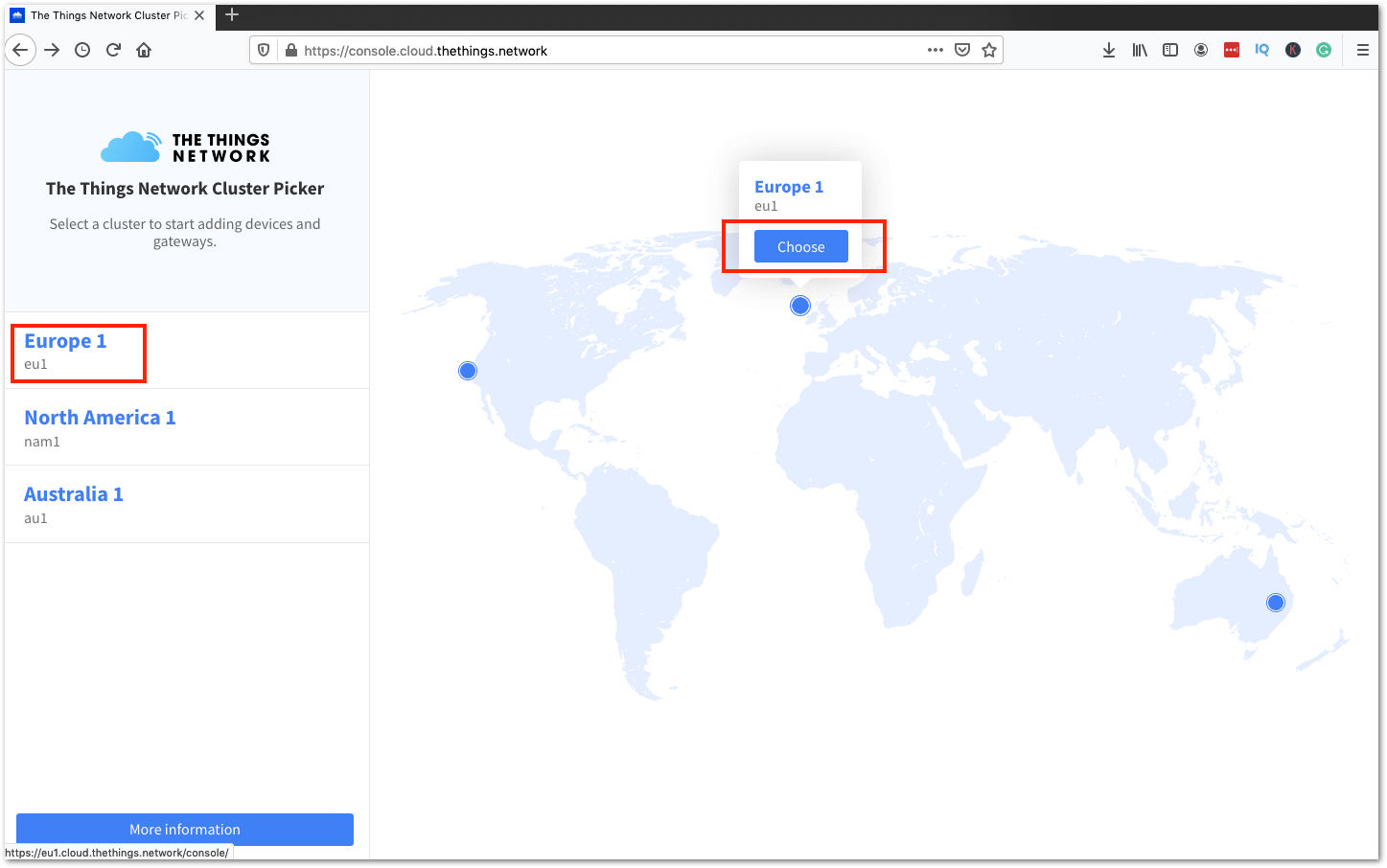 Figure 1: Select Cluster in TTN V3
Figure 1: Select Cluster in TTN V3Use the same login credentials as on TTN V2, if applicable. If you do not have an account, create one.
- To register as a new user to TTN, click on Login with The Things ID, then select register on the next page, as shown in Figure 6 and Figure 7. Fill in all the necessary details and activate.
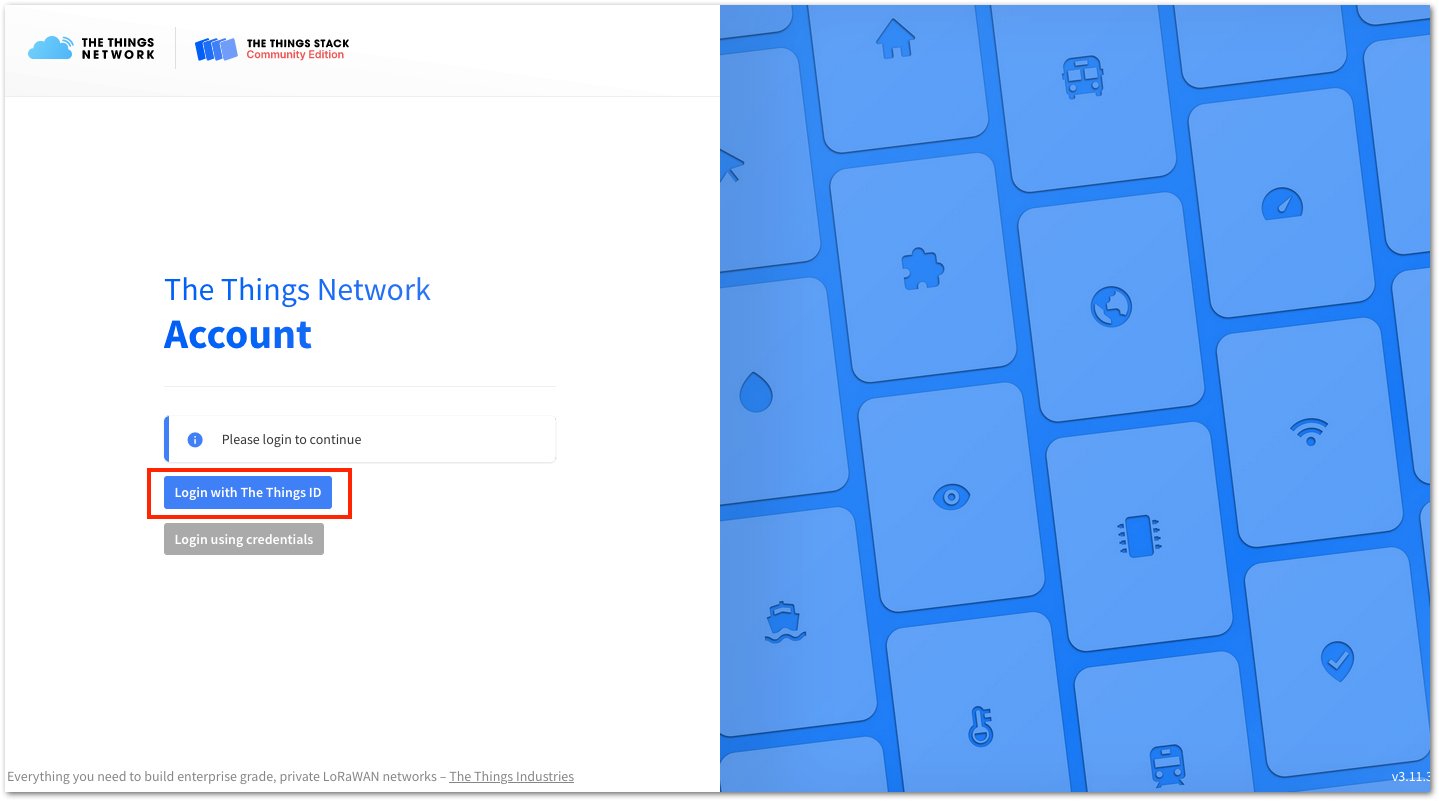 Figure 1: Log in using TTN account
Figure 1: Log in using TTN account Figure 1: Registration of new account
Figure 1: Registration of new account- Log in on the platform using your username/email and password then click Submit, as shown in Figure 17.
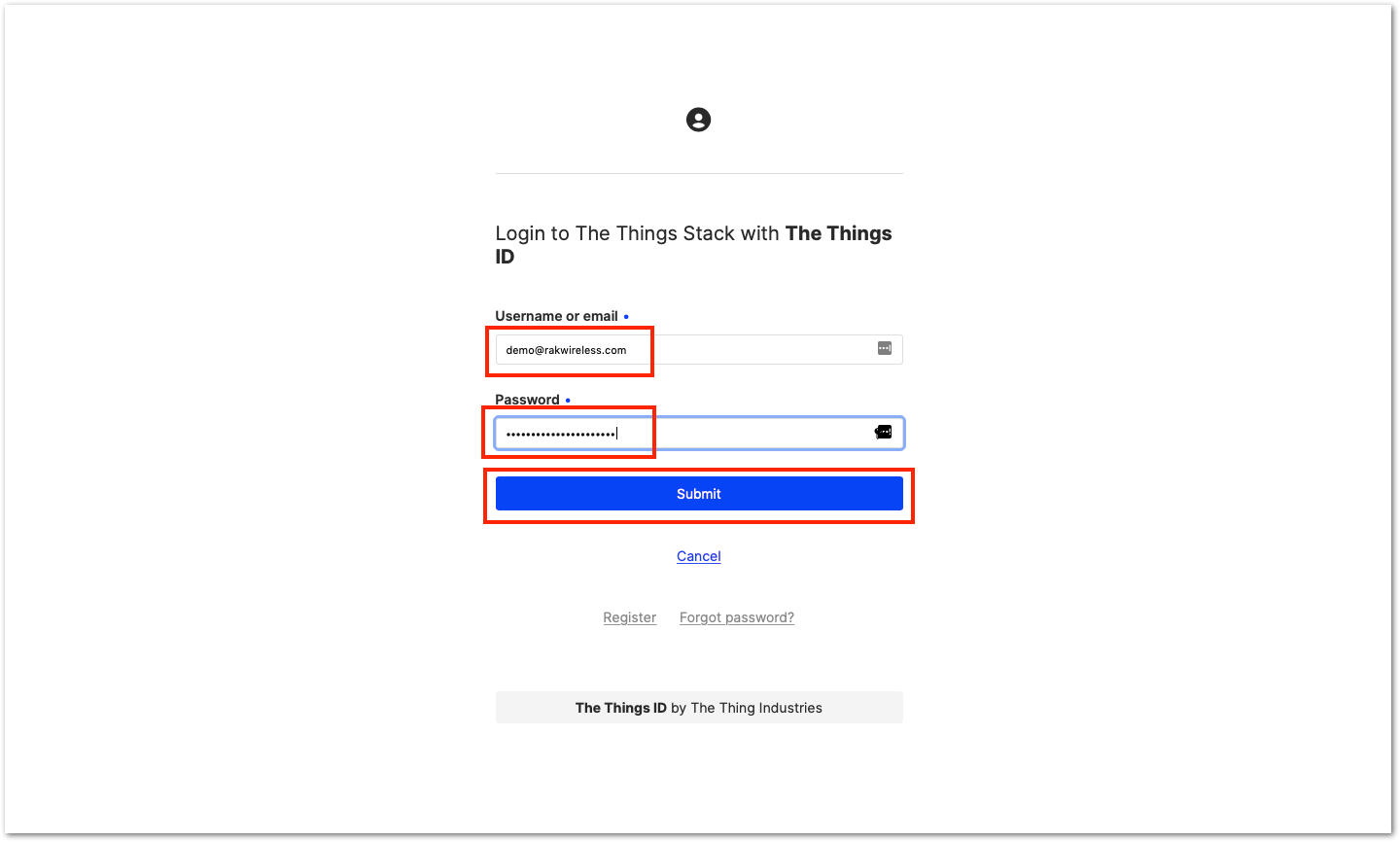 Figure 1: Log in to TTN platform
Figure 1: Log in to TTN platform- Click Authorize to proceed.
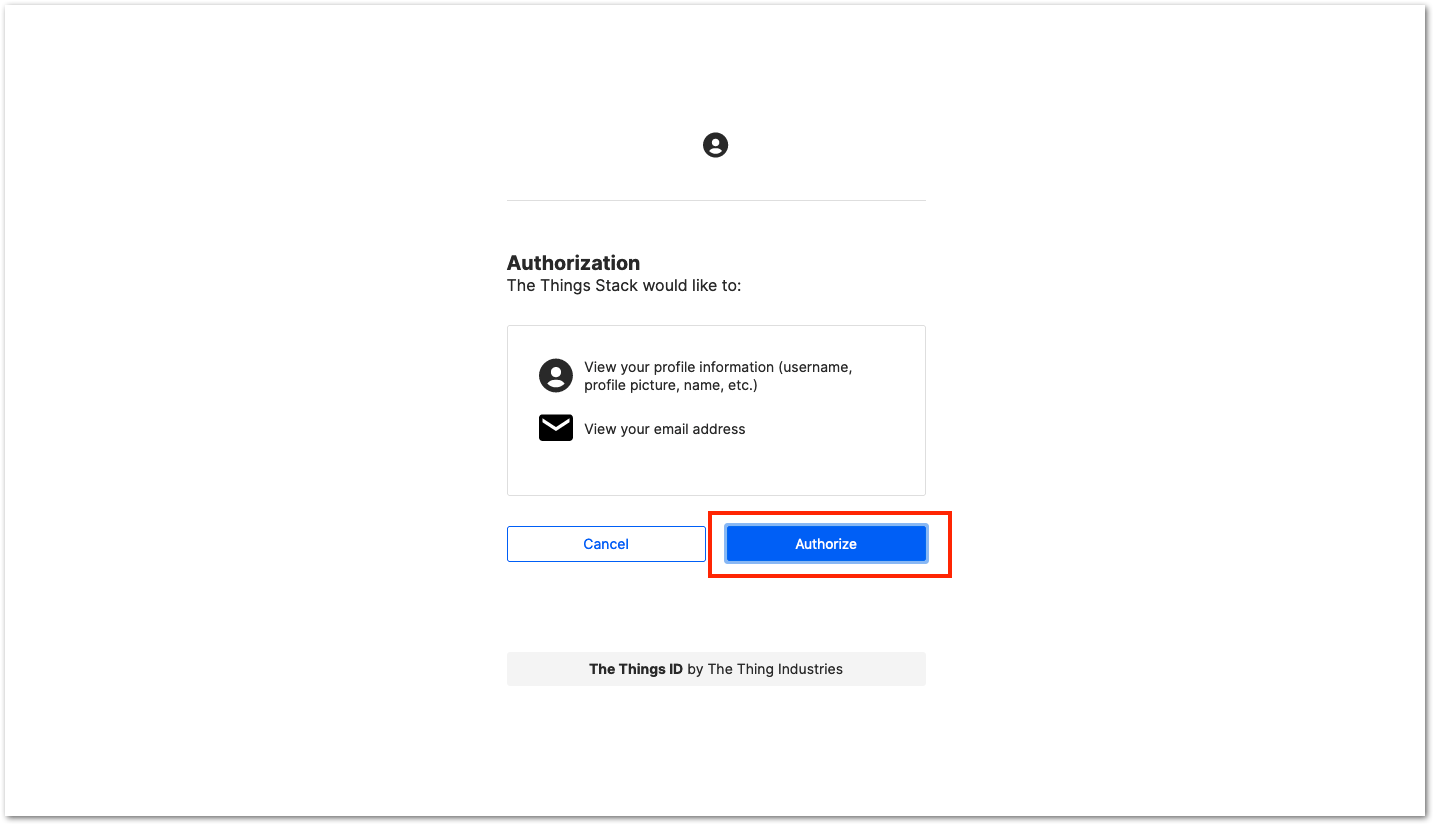 Figure 1: Authorization to TTN
Figure 1: Authorization to TTN- Click Create an application.
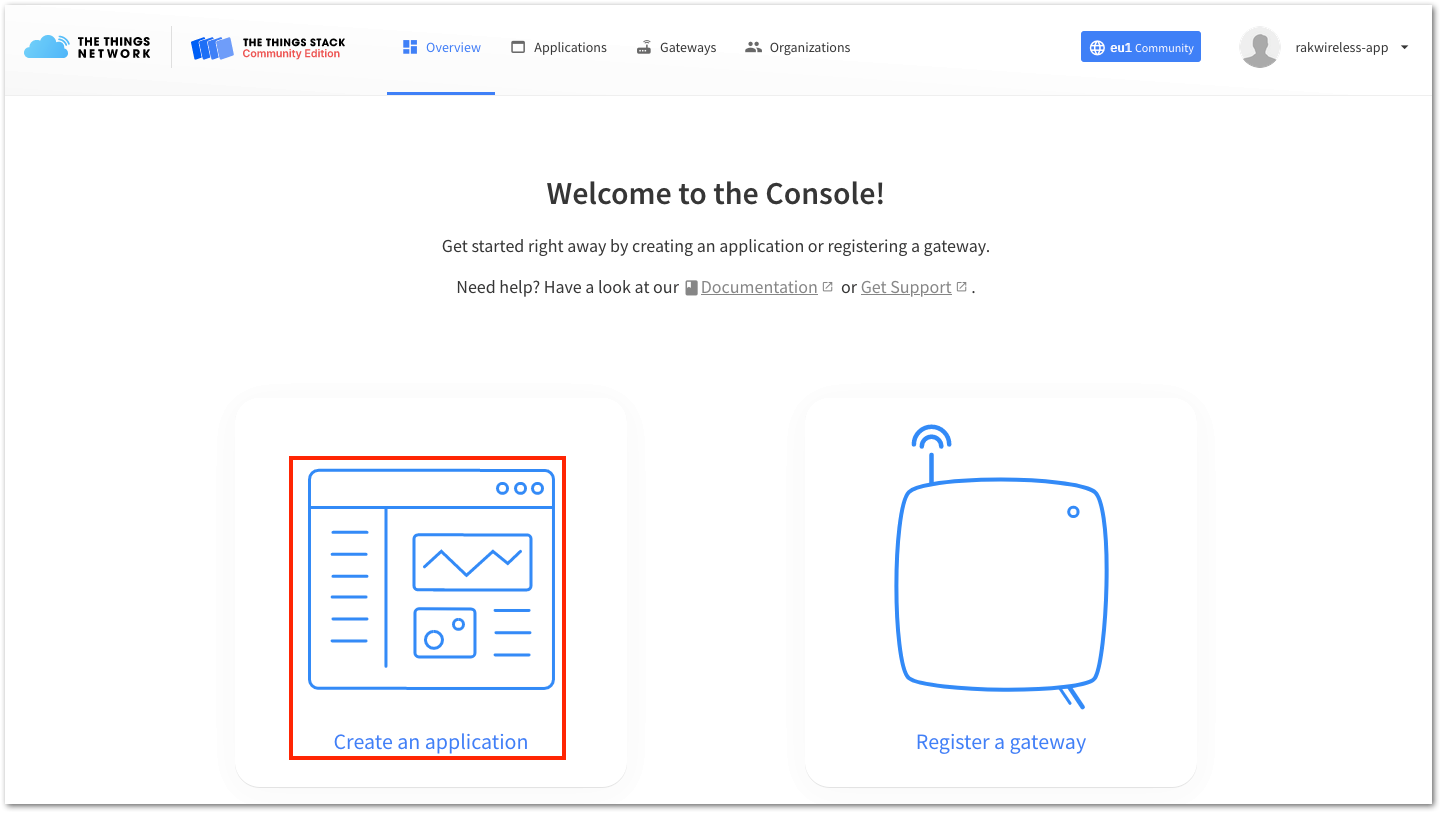 Figure 1: Create TTN application for your LoRaWAN devices
Figure 1: Create TTN application for your LoRaWAN devices- To register an application, first enter the required details and information about your application, then click Create application.
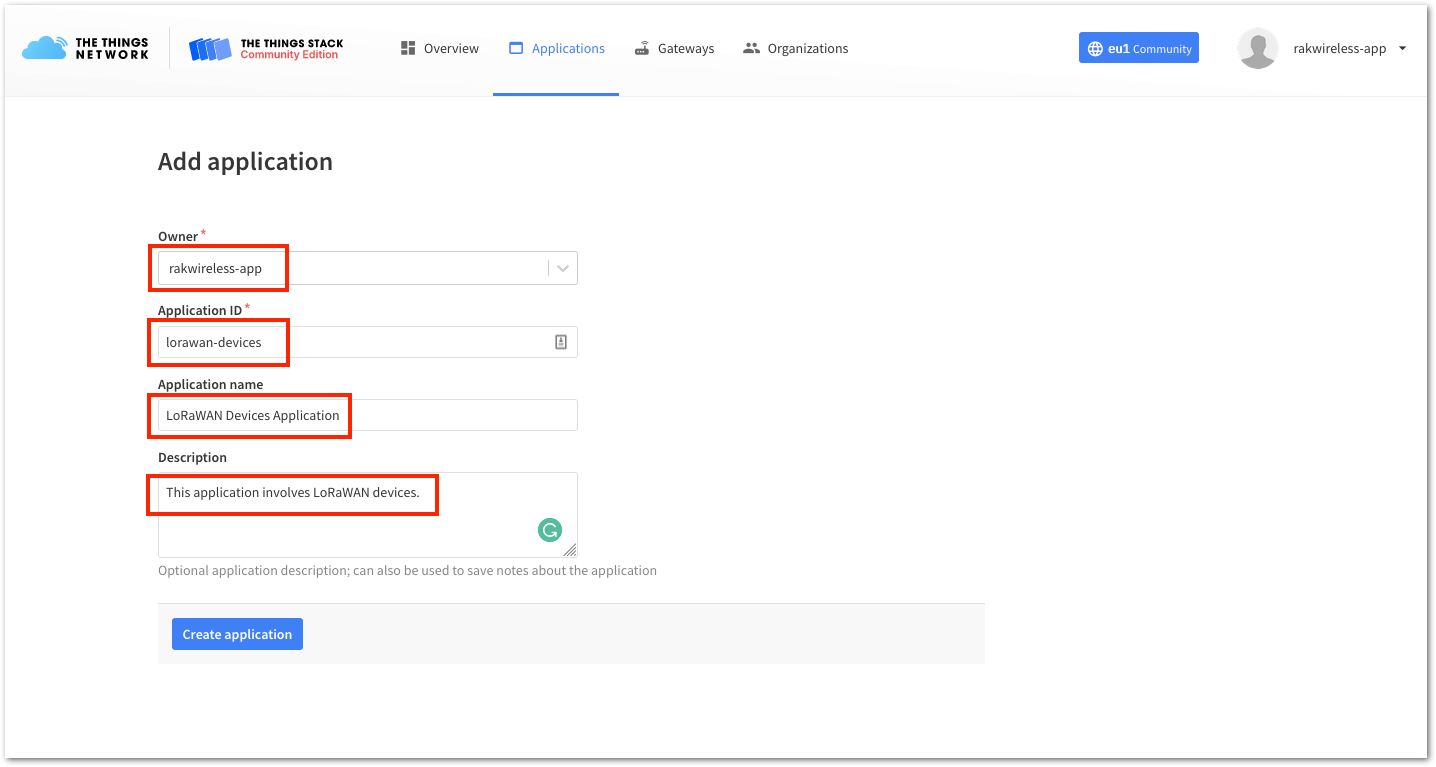 Figure 1: Details of the TTN application
Figure 1: Details of the TTN applicationThe next step is to add end-devices to your The Things Stack application. LoRaWAN specification enforces that each end device has to be personalized and activated. Activation can be done either via Over-The-Air-Activation (OTAA) or Activation-By-Personalization (ABP).
-
Ensure that you are within the coverage of a LoRaWAN gateway registered with The Things Stack (TTN V3). Without coverage from such a gateway, you will not be able to activate any device registered in your application.
-
If no LoRaWAN gateway coverage is available in your location, RAKwireless offers LoRaWAN gateways that can be connected to The Things Stack (TTN V3).
The Things Stack OTAA Device Registration
- Go to your application console to register a device. To start adding an OTAA end-device, click + Add end device, as shown in Figure 21.
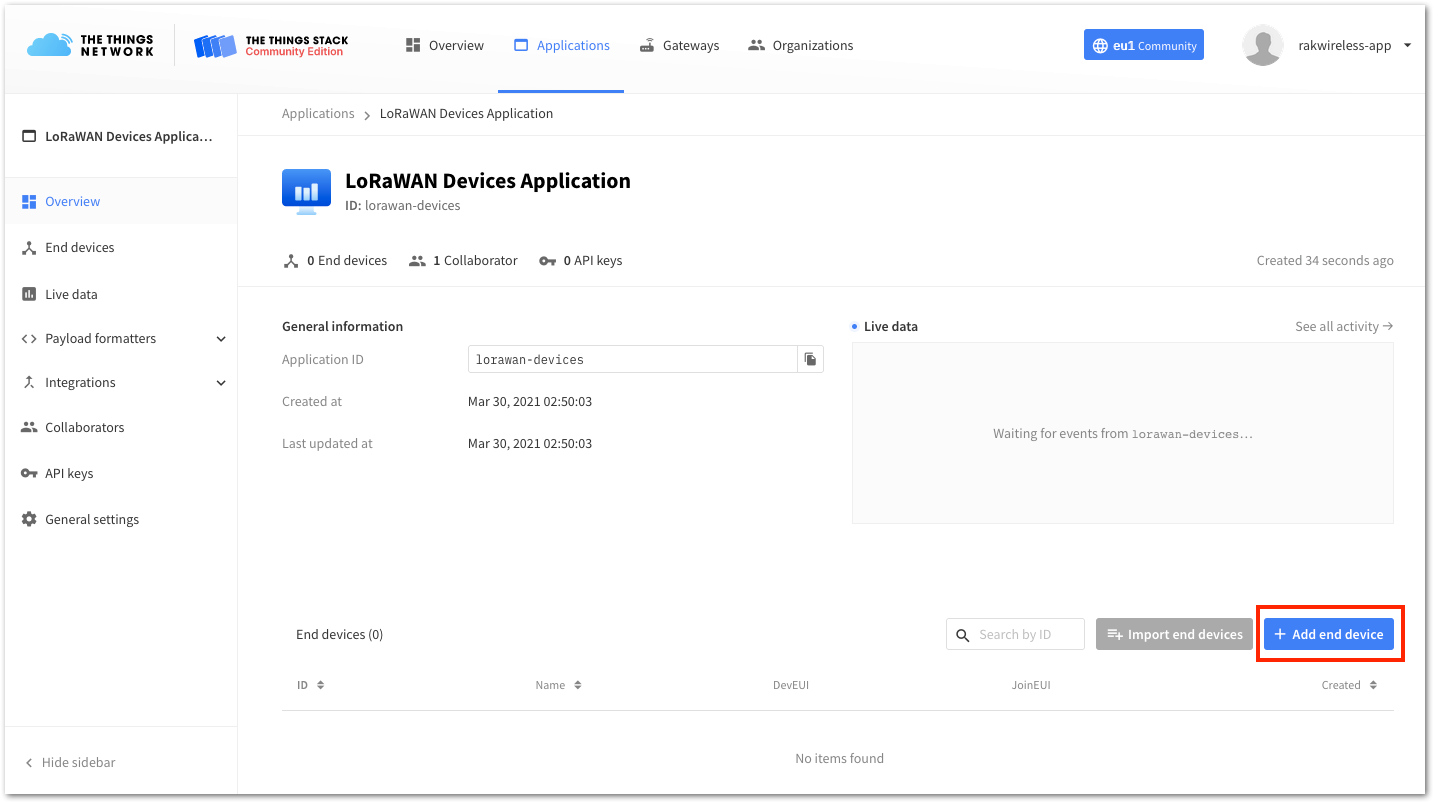 Figure 1: Add end device
Figure 1: Add end device- To register the module, start by clicking Manually, as shown in Figure 22.
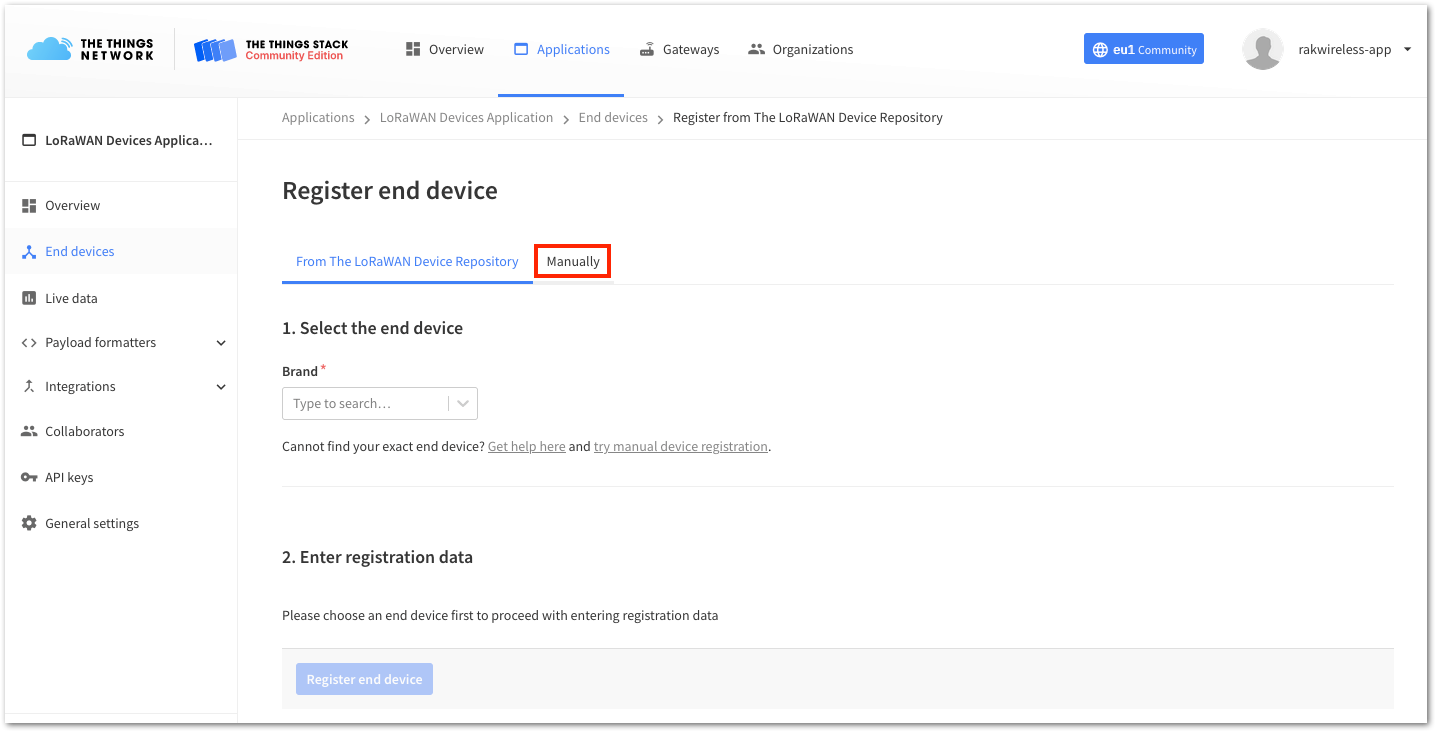 Figure 1: Manually register device to The Things Stack
Figure 1: Manually register device to The Things Stack- Configure the activation method by selecting Over the air activation (OTAA) and compatible LoRaWAN version. Afterwards, click on the Start button, as shown in Figure 23.
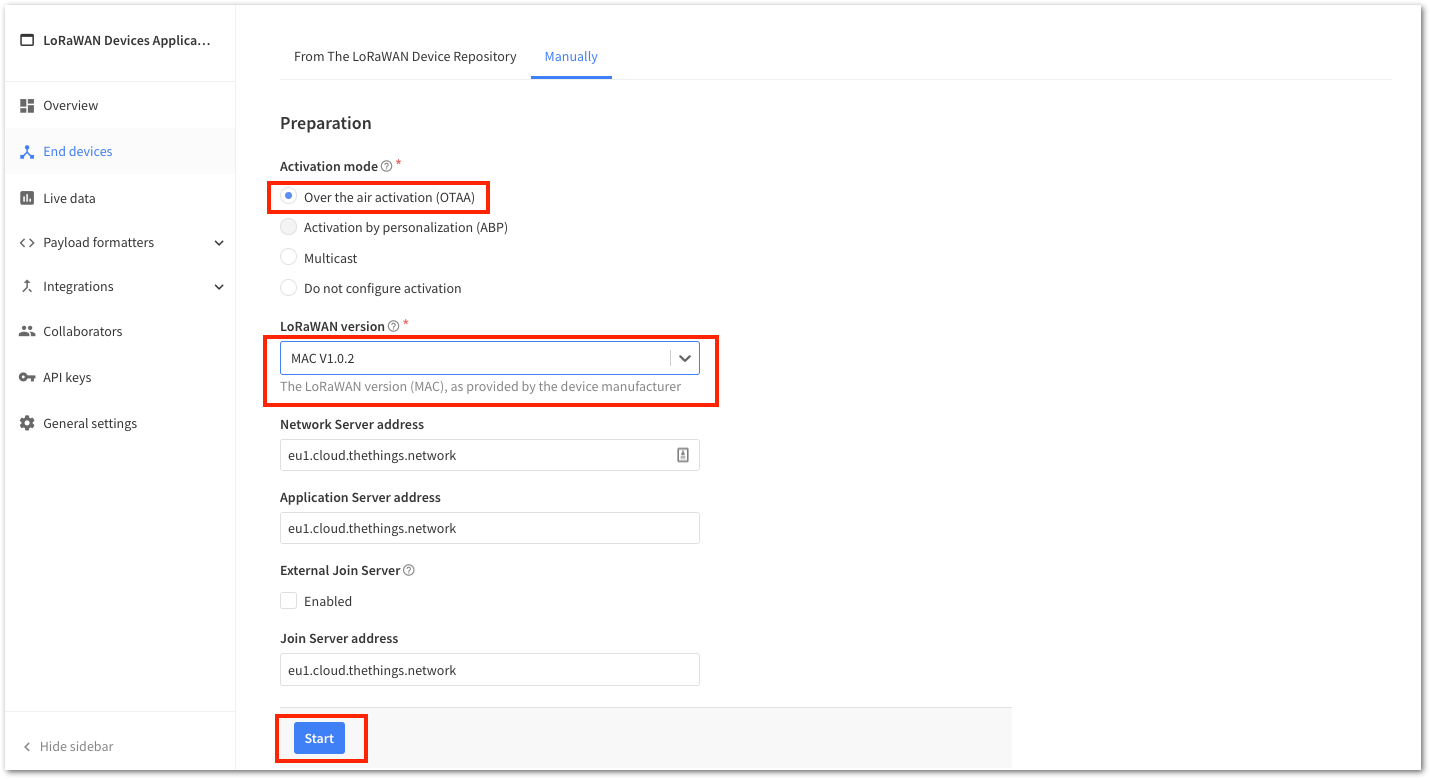 Figure 1: Device activation configuration
Figure 1: Device activation configuration- Enter a unique End Device ID and the EUIs (DevEUI and AppEUI), as shown in Figure 15. Check if your module has a DevEUI on a sticker or a QR code that you can scan, and use this as the unique DevEUI for the device.
Optionally, add a more descriptive End device name and End device description about your device.
- After entering all the details, click Network layer settings to proceed to the next step.
It is advisable to use a meaningful End device ID, End device name, and End device description that will match your device purpose. The End device ID rak-device is for illustration purposes only.
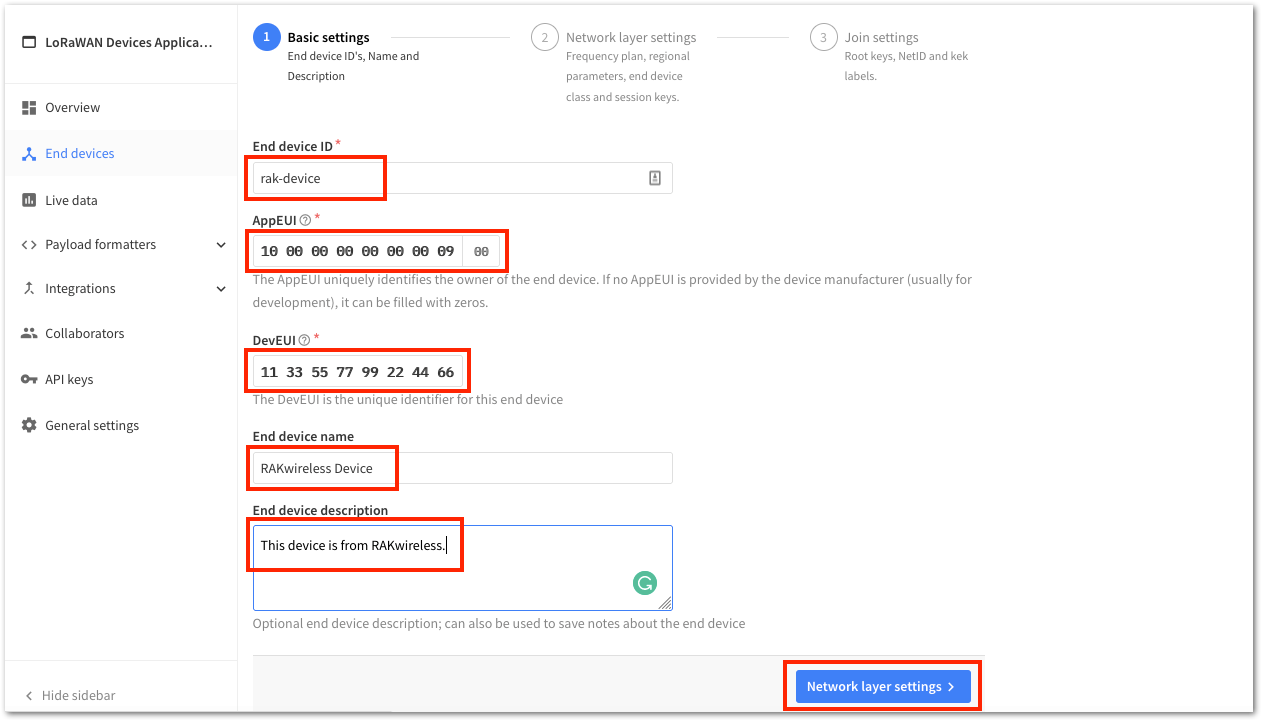 Figure 1: OTAA Device Information
Figure 1: OTAA Device Information- Configure the Frequency plan, compatible Regional Parameter version, and the supported LoRaWAN class. Then, click Join settings to continue.
 Figure 1: OTAA Configuration
Figure 1: OTAA Configuration- To generate the AppKey, click the Generate button. Then, click Add end device to complete the device registration process.
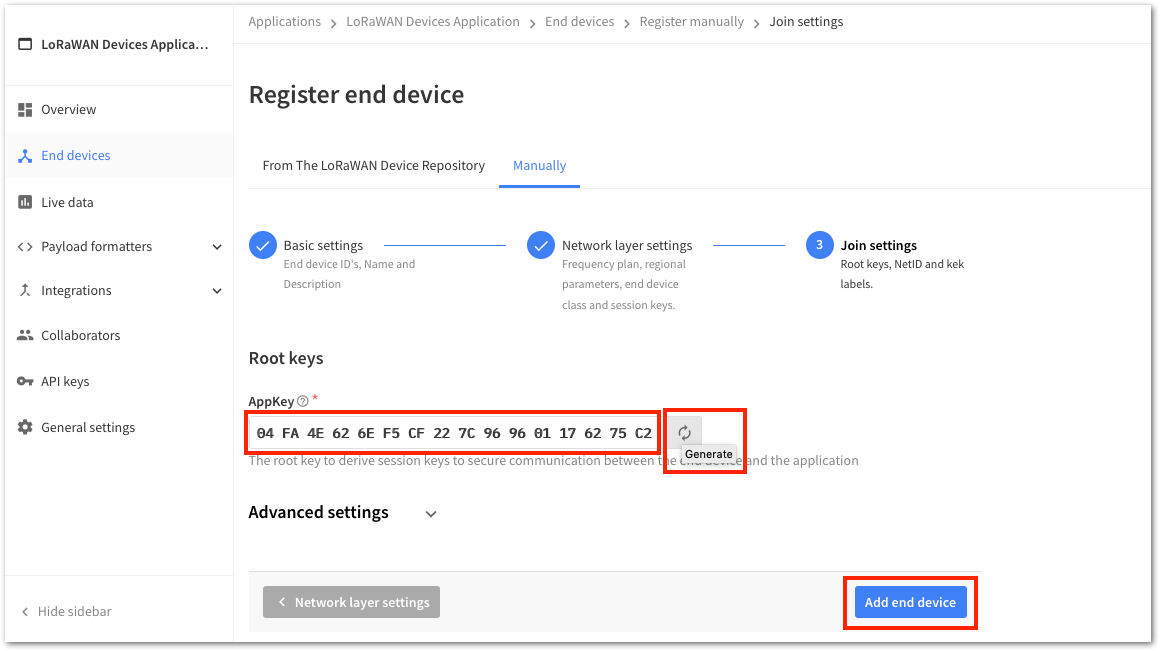 Figure 1: OTAA AppKey generation and device registration
Figure 1: OTAA AppKey generation and device registrationYou should now be able to see the device on The Things Stack console, as shown in Figure 27.
-
The AppEUI, DevEUI, and AppKey are required parameters to activate your LoRaWAN end device using OTAA. For security reasons, the AppKey is hidden by default but can be revealed by clicking the Show button. You can also quickly copy these parameters using the Copy button.
-
The three OTAA parameters on The Things Stack device console are MSB by default.
-
These parameters are always accessible on the device console page, as shown in Figure 27.
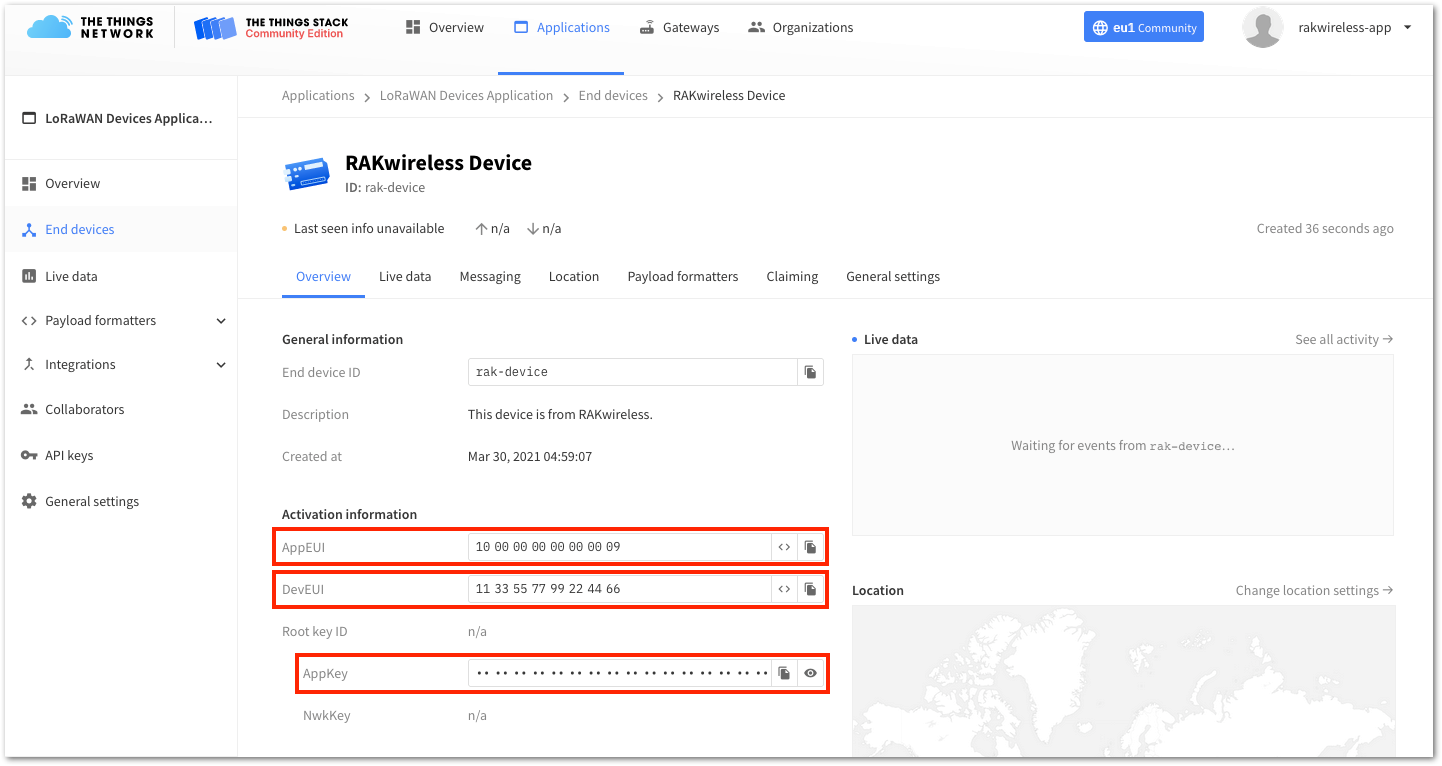 Figure 1: OTAA device successfully registered to The Things Stack
Figure 1: OTAA device successfully registered to The Things StackRAK4600 OTAA Configuration for The Things Stack
The RAK4600 Breakout Board supports a series of AT commands to configure its internal parameters and control the functionalities of the module. To set up the RAK4600 board to join The Things Stack using OTAA, start by connecting the RAK4600 board to the computer (see Figure 1), open the RAK Serial Port Tool, and then wait for the communication to start. It is recommended to test the serial communication and verify the current configuration by sending either of these two AT commands:
at+set_config=device:restart
at+version
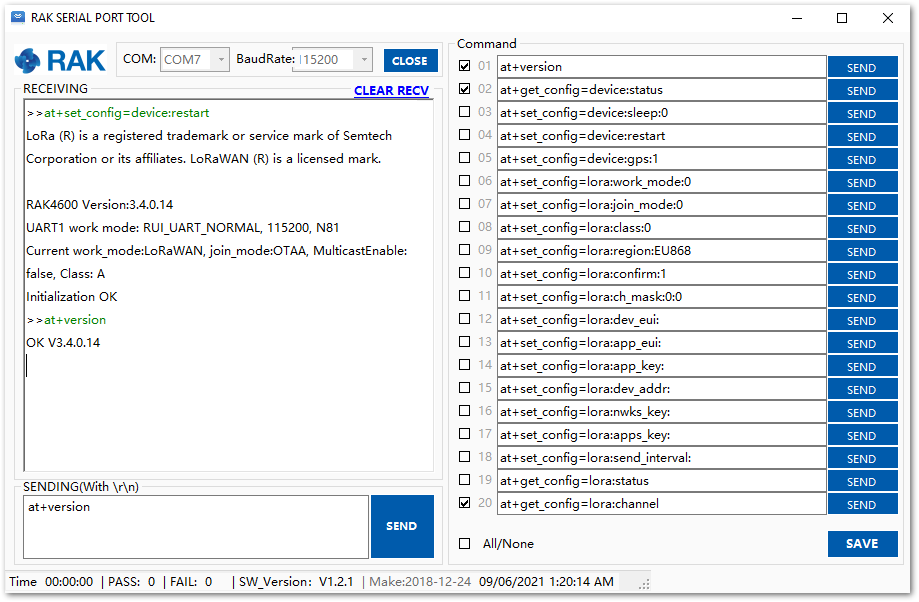 Figure 1: AT Command response
Figure 1: AT Command responseAs an example, these are the list of the parameters you need to configure in RAK4600:
- LoRa join mode: OTAA
- LoRa class: Class A
- LoRa region: EU868
- Device EUI: 1133557799224466
- Application EUI: 1000000000000009
- Application Key: 04FA4E626EF5CF227C969601176275C2
- Set the LoRa join mode to OTAA.
at+set_config=lora:join_mode:0
- Set the LoRa class to Class A.
at+set_config=lora:class:0
- Set the frequency/region to EU868.
- Refer in the RAK4600 Datasheet for the list of supported frequencies.
at+set_config=lora:region:EU868
- Set the Device EUI.
at+set_config=lora:dev_eui:1133557799224466
- Set the Application EUI.
All zero value Application EUI at+set_config=lora:app_eui:0000000000000000 is not supported and will return error.
at+set_config=lora:app_eui:1000000000000009
- Set the Application Key.
at+set_config=lora:app_key:04FA4E626EF5CF227C969601176275C2
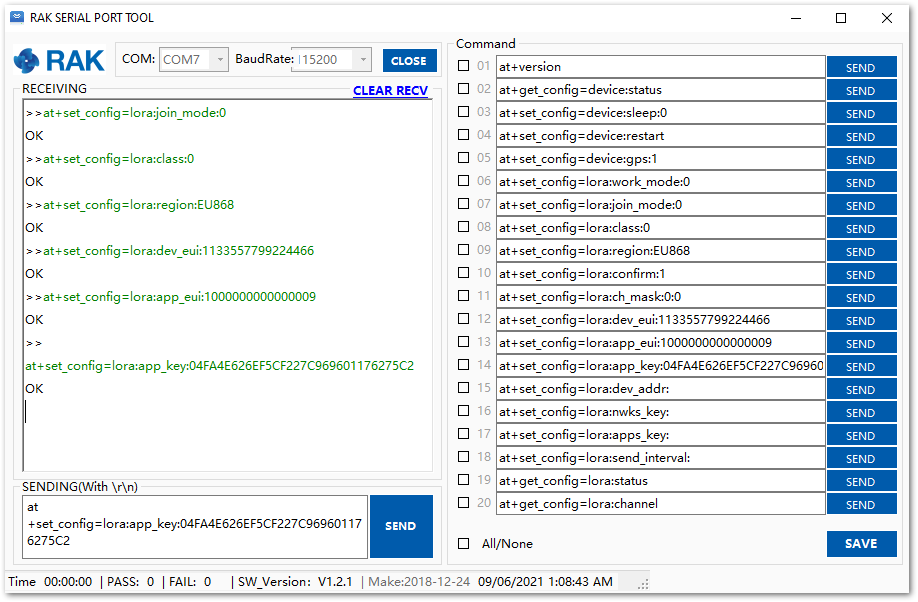 Figure 1: Configure LoRa Parameters
Figure 1: Configure LoRa ParametersAfter configuring all the parameters, reset your RAK4600 Module to save parameters.
- Join in OTAA mode.
at+join
After 5 or 6 seconds, if the request was successfully received by a LoRa gateway, then you should see the messages shown in Figure 30.
- Try to send a message from the RAK4600 board.
at+send=lora:2:1234567890
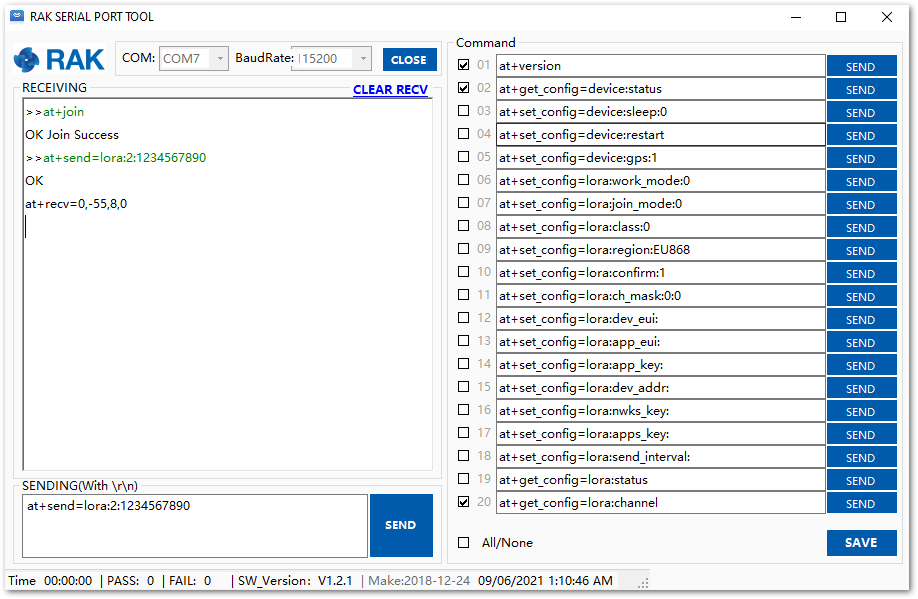 Figure 1: OTAA Test Sample Data Sent via RAK Serial Port Tool
Figure 1: OTAA Test Sample Data Sent via RAK Serial Port ToolYou can see the data sent from the RAK4600 board on The Things Stack platform, as shown in Figure 31.
 Figure 1: OTAA Test Sample Data Sent Viewed in The Things Stack
Figure 1: OTAA Test Sample Data Sent Viewed in The Things StackThe Things Stack ABP Device Registration
- To register an ABP device, open your application console and select the application to which you want to add the device. Then, click + Add end device, as shown in Figure 32.
 Figure 1: Add end device
Figure 1: Add end device- To register the module, start by clicking Manually.
 Figure 1: Add end device
Figure 1: Add end device- Configure the activation method by selecting Activation by personalization (ABP) and compatible LoRaWAN version. Afterwards, click on the Start button, as shown Figure 34.
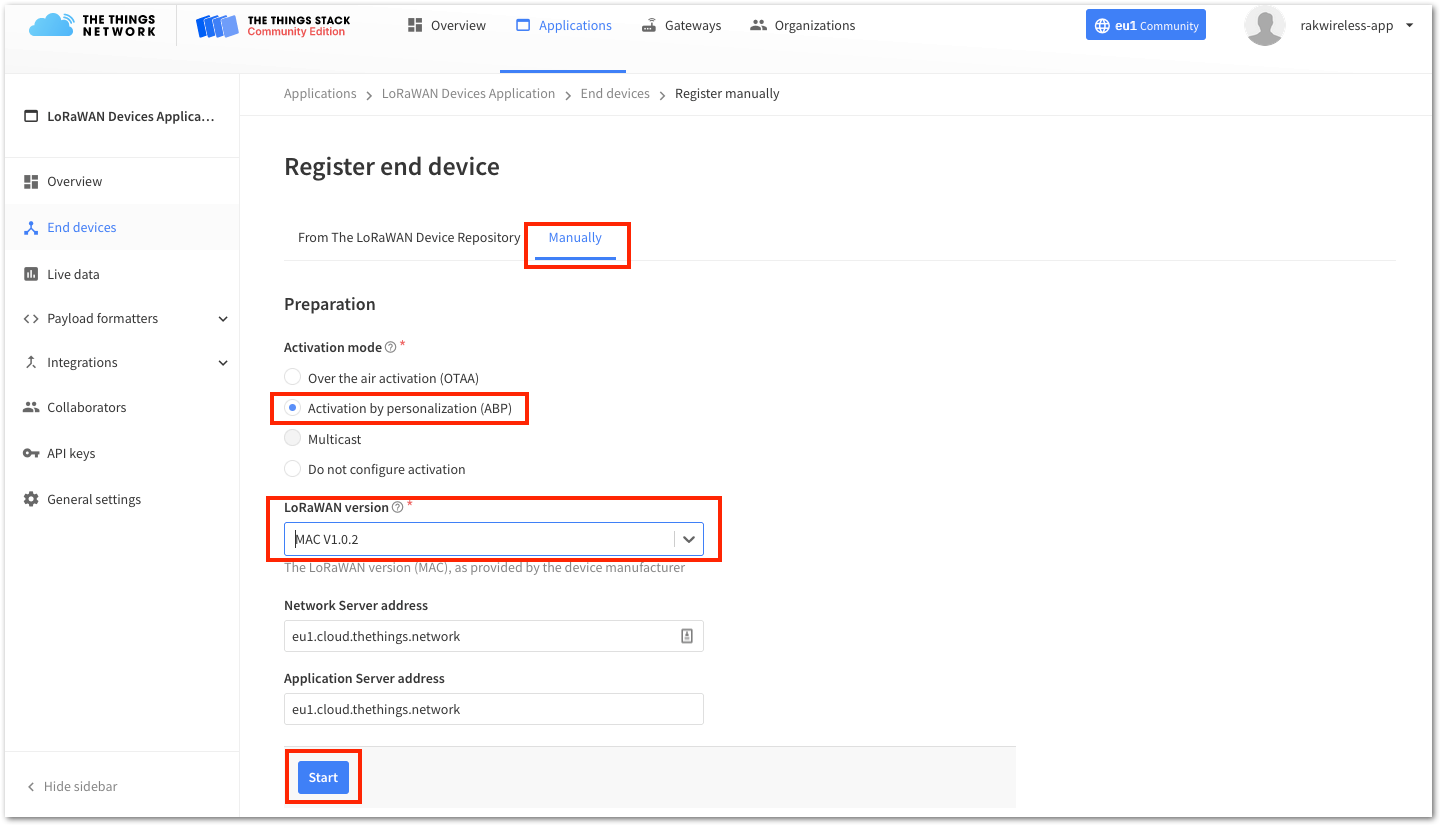 Figure 1: Manually register device to The Things Stack
Figure 1: Manually register device to The Things Stack- Enter a unique End Device ID and DevEUI, as shown in Figure 35. Check if your module has a DevEUI on a sticker or a QR code that you can scan, and use this as the unique DevEUI for the device.
Optionally, add a descriptive End device name and End device description about your device.
- After entering all the details, click Network layer settings to proceed to the next step.
It is advisable to use a meaningful End device ID, End device name, and End device description that will match your device purpose. The End device ID rak-device-abp is for illustration purposes only.
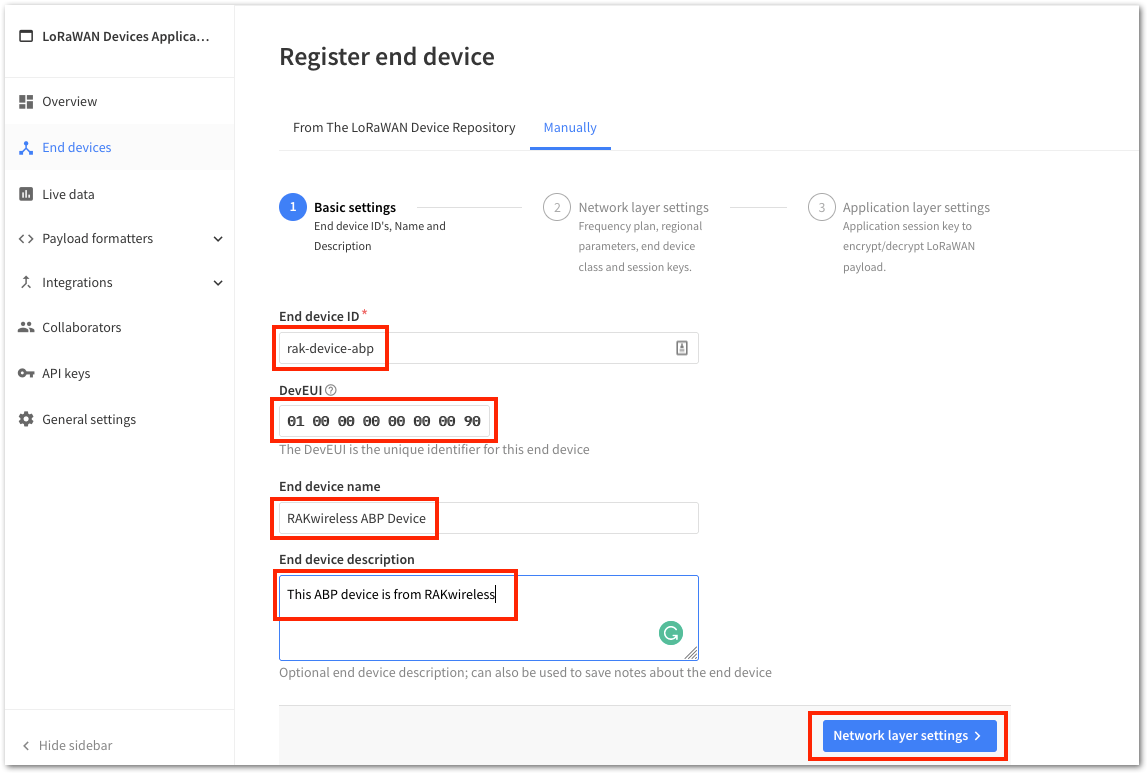 Figure 1: Device Information
Figure 1: Device Information- Configure the Frequency plan, compatible Regional Parameter version, and supported LoRaWAN class. For an ABP device, generate the Device Address and NwkSKey (Network Session Key). Then, click Application layer settings to proceed.
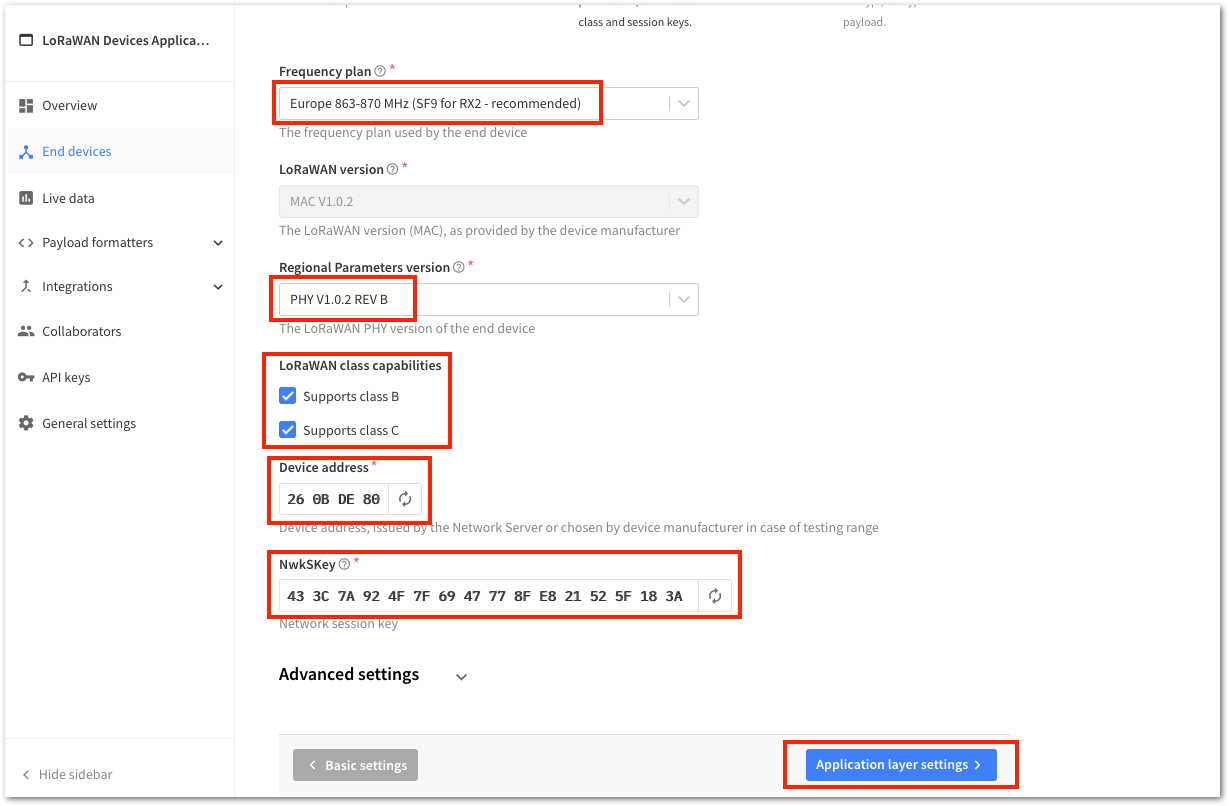 Figure 1: ABP Configuration in The Things Stack
Figure 1: ABP Configuration in The Things Stack- To generate the AppSKey, click the Generate button. Then, click Add end device to complete the device registration process.
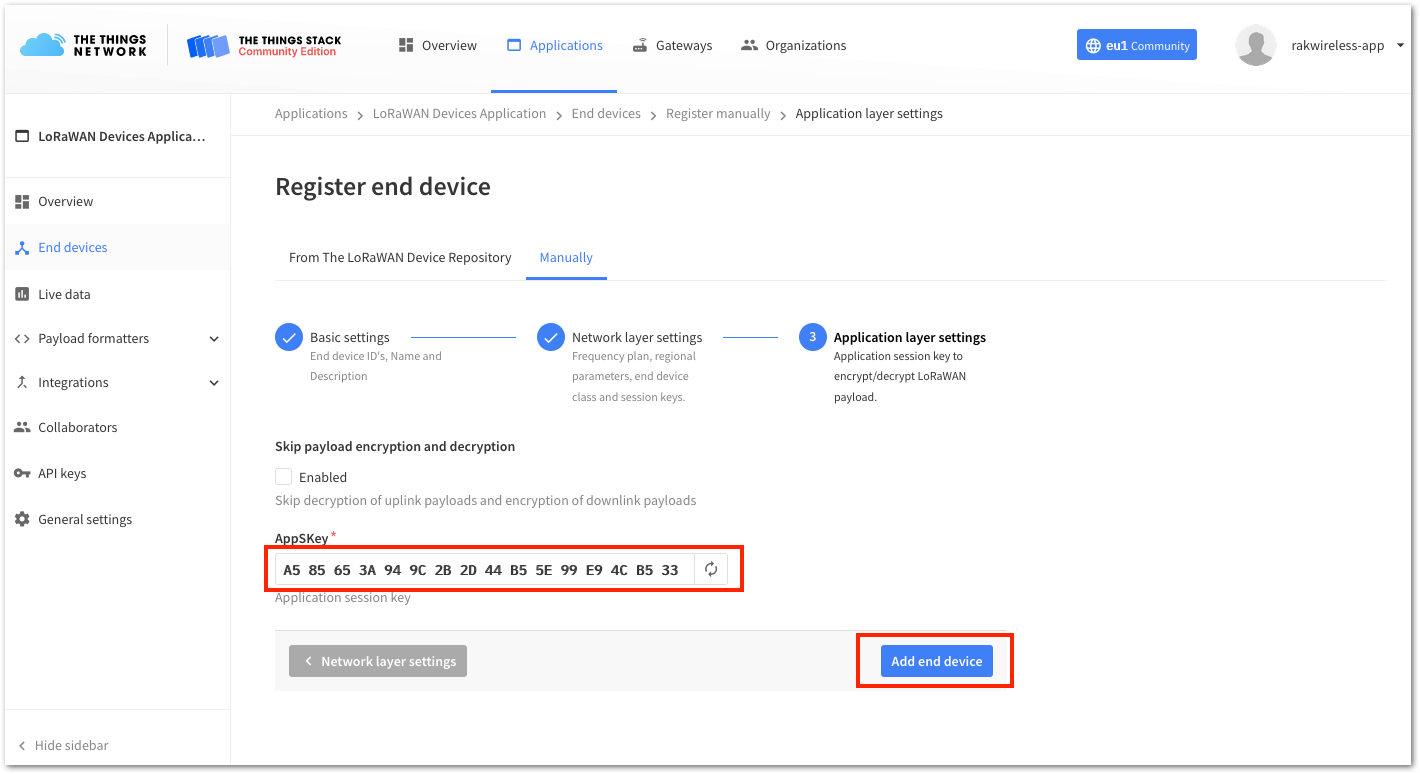 Figure 1: ABP Configuration in The Things Stack
Figure 1: ABP Configuration in The Things Stack- You should now be able to see the device on The Things Stack console, as shown in Figure 38.
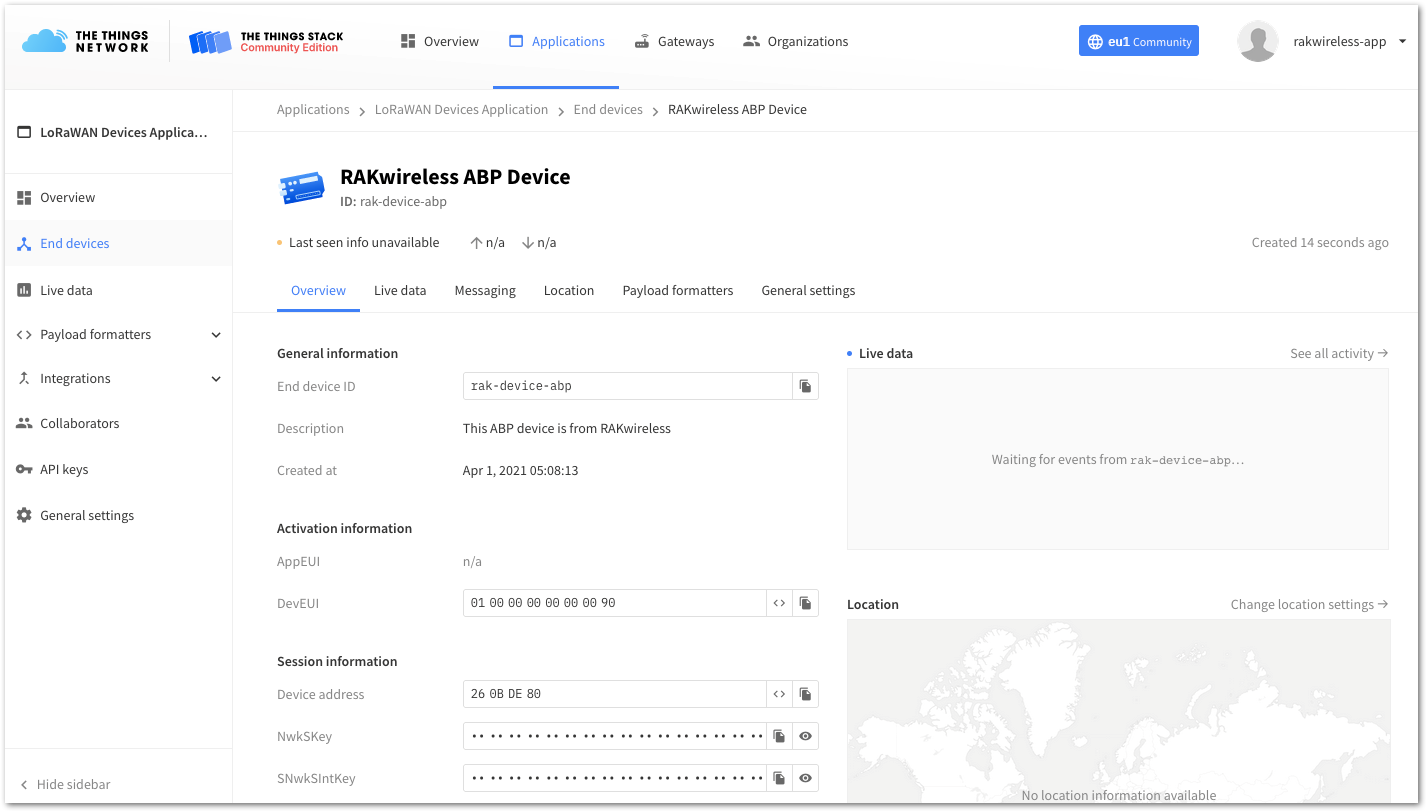 Figure 1: RAK4600 registered at The Things Stack
Figure 1: RAK4600 registered at The Things StackRAK4600 ABP Configuration for The Things Stack
To set up the RAK4600 Breakout Board to join The Things Stack using ABP, start by connecting the RAK4600 board to the computer (see Figure 1) and open the RAK Serial Port Tool. It is recommended to test the serial communication by sending either of these two AT commands:
at+set_config=device:restart
at+version
 Figure 1: AT Command response
Figure 1: AT Command responseAs an example, these are the list of the parameters you need to configure in RAK4600:
- LoRa join mode: ABP
- LoRa class: Class A
- LoRa region: EU868
- Device address: 260BDE80
- Network Session Key: 433C7A924F7F6947778FE821525F183A
- Application Session Key: A585653A949C2B2D44B55E99E94CB533
- Set the LoRa join mode to ABP.
at+set_config=lora:join_mode:1
- Set the LoRa class to Class A.
at+set_config=lora:class:0
- Set the frequency/region to EU868.
- Refer to the RAK4600 Breakout Board Datasheet for the list of supported frequencies.
at+set_config=lora:region:EU868
- Set the Device Address.
at+set_config=lora:dev_addr:260BDE80
- Set the LoRa Network Session Key.
at+set_config=lora:nwks_key:433C7A924F7F6947778FE821525F183A
- Set the LoRa Application Session Key.
at+set_config=lora:apps_key:A585653A949C2B2D44B55E99E94CB533
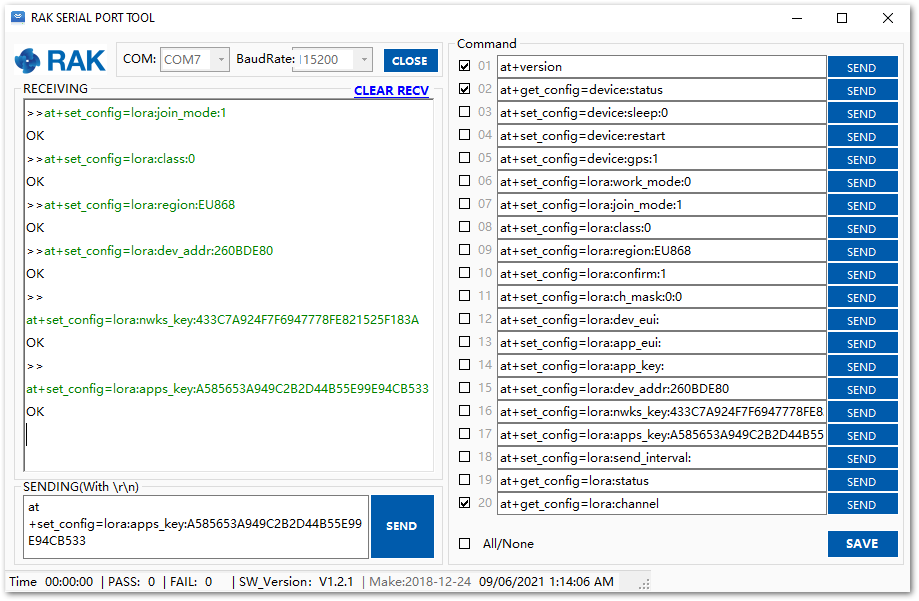 Figure 1: AT Command for ABP LoRa parameters via RAK Serial Port Tool
Figure 1: AT Command for ABP LoRa parameters via RAK Serial Port ToolAfter configuring all the parameters, reset the RAK4600 Module to save the parameters.
- Join in ABP mode.
at+join
In ABP mode, LoRaWAN does not require the device to join a network before sending a LoRaWAN packet. However, to maintain the consistency of the internal states of the RAK4270 board's firmware, the at+join command must still be sent. In this case, the firmware will respond almost immediately with OK.
- Try to send data from the RAK4600 to The Things Network in ABP mode.
at+send=lora:2:1234567890
 Figure 1: ABP Test Sample Data Sent via RAK Serial Port Tool
Figure 1: ABP Test Sample Data Sent via RAK Serial Port ToolYou can see the data sent by the RAK4600 board on The Things Stack device console Live data section and the Last seen info should be a few seconds ago.
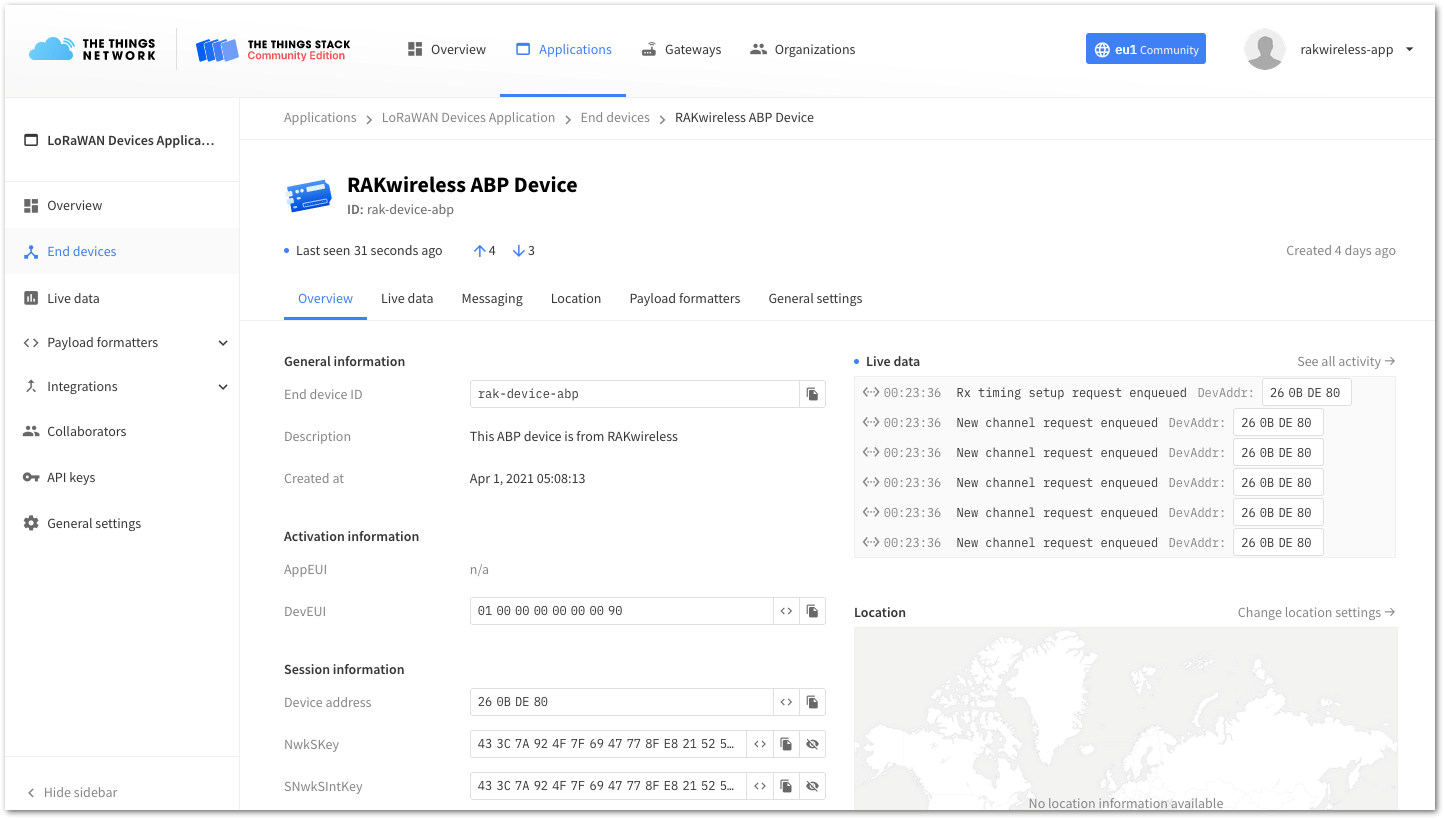 Figure 1: OTAA Test Sample Data Sent Viewed in The Things Stack
Figure 1: OTAA Test Sample Data Sent Viewed in The Things StackConnecting with ChirpStack
This section shows how to connect the RAK4600 Breakout Board to the ChirpStack platform. As described in the ChirpStack website:
“ChirpStack provides open-source components for LoRaWAN networks. Together they form a ready-to-use solution including a user-friendly web interface for device management and APIs for integration. The modular architecture makes it possible to integrate within existing infrastructures. All components are licensed under the MIT license and can be used for commercial purposes.”
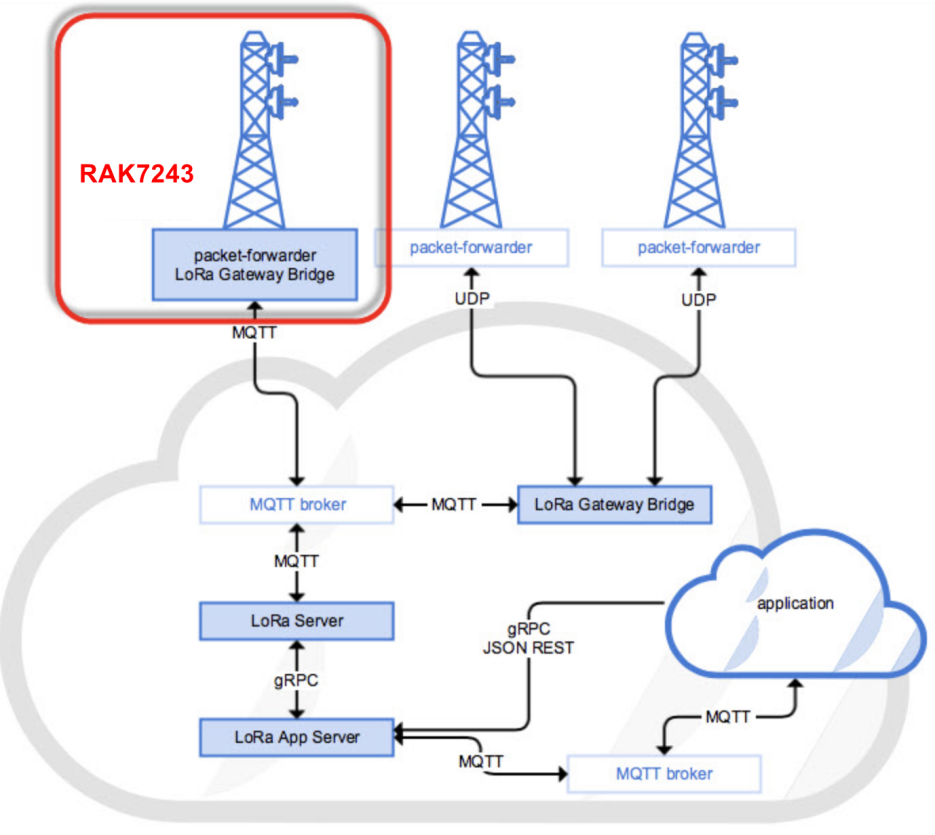 Figure 1: RAK4600 Breakout Board in the context of the ChirpStack platform
Figure 1: RAK4600 Breakout Board in the context of the ChirpStack platformThe architecture of the ChirpStack platform is shown in Figure 43. Similar to the case of TTN, the RAK4600 Breakout Board is located in the periphery and will transmit the data to the backend servers through a LoRa gateway. For a more technical understanding of the ChirpStack components, refer to its Architecture page.
- This document assumes that you are using a RAK Gateway with its built-in ChirpStack or the RAK Cloud Testing ChirpStack. Additionally, ensure that the RAK Gateway with ChirpStack is successfully configured. For detailed guidance, refer to the relevant RAK documentation.
The frequency band used in this example is EU868 which is supported by the high-frequency version of the RAK4600 Breakout Board.
-
These are the steps needed to send data to the ChirpStack platform from a RAK4600 Breakout Board:
- Create a new Application
- Register a new device on the platform:
- Configure the Join Mode:
- OTAA mode on the platform
- OTAA mode on the RAK4600
- ABP mode on the platform
- ABP mode on the RAK4600 Breakout Board
- Send data from the RAK4600 Breakout Board and receive it at the platform
The following section provides details for each of the aforementioned steps. Before starting, decide whether to use ABP or OTAA mode to register the device with the network server.
Create a new Application
- Go to the Application section, then click on the + CREATE button.
 Figure 1: Application Section
Figure 1: Application Section- For this setup, create a new Application by clicking on the CREATE APPLICATION button.
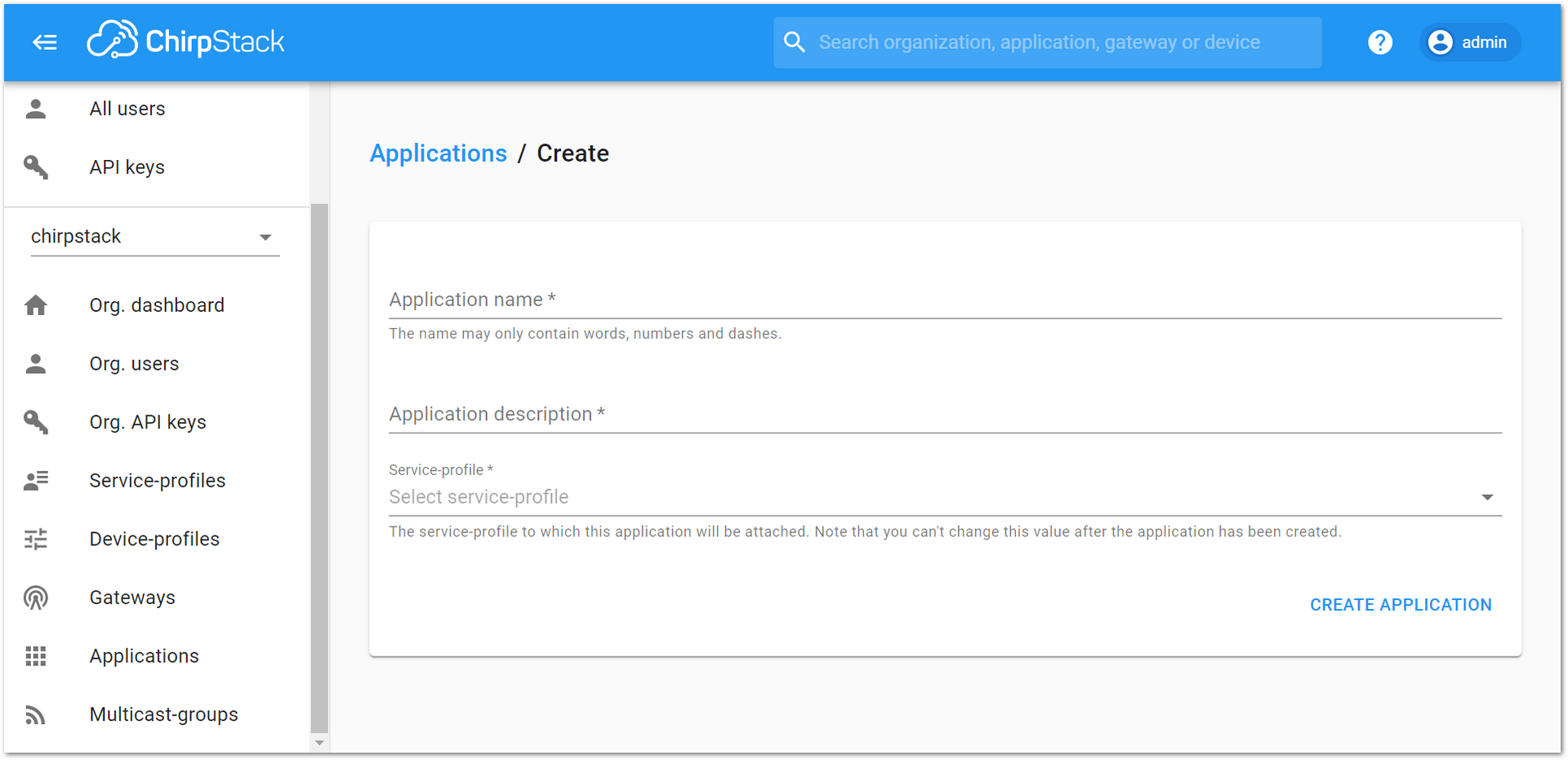 Figure 1: Create a New Application
Figure 1: Create a New Application- Create an Application named rak_node_test. Fill in the required parameters, as shown in Figure 46. To finish, click on the CREATE APPLICATION button.
- Application Name: rak_node_test
- Application Description: test
- Service profile: field is to select the system profile.
The Application Description field is just a descriptive text.
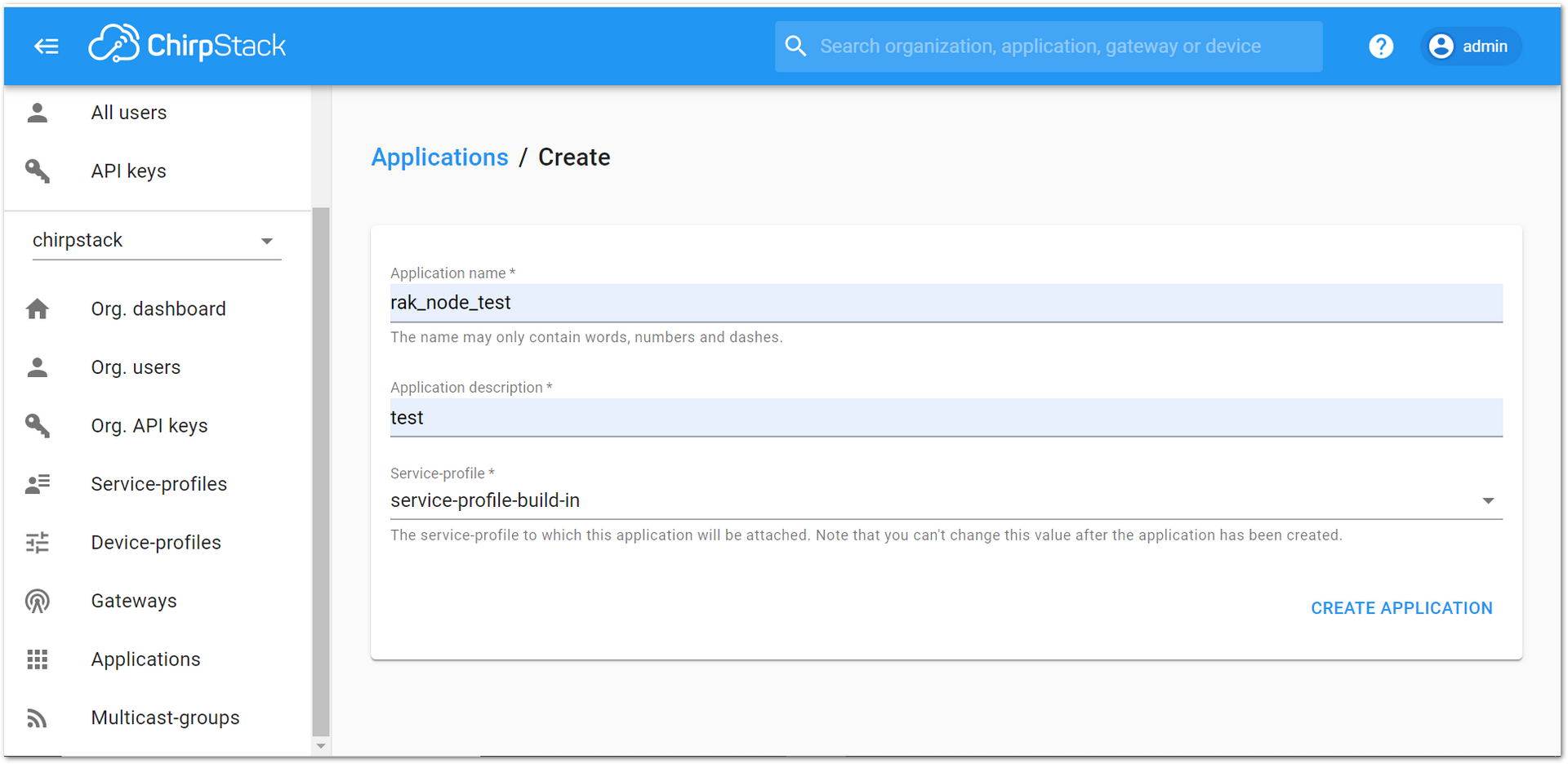 Figure 1: Fill in Parameters of an Application
Figure 1: Fill in Parameters of an Application- Click on the Application rak_node_test created in the previous step.
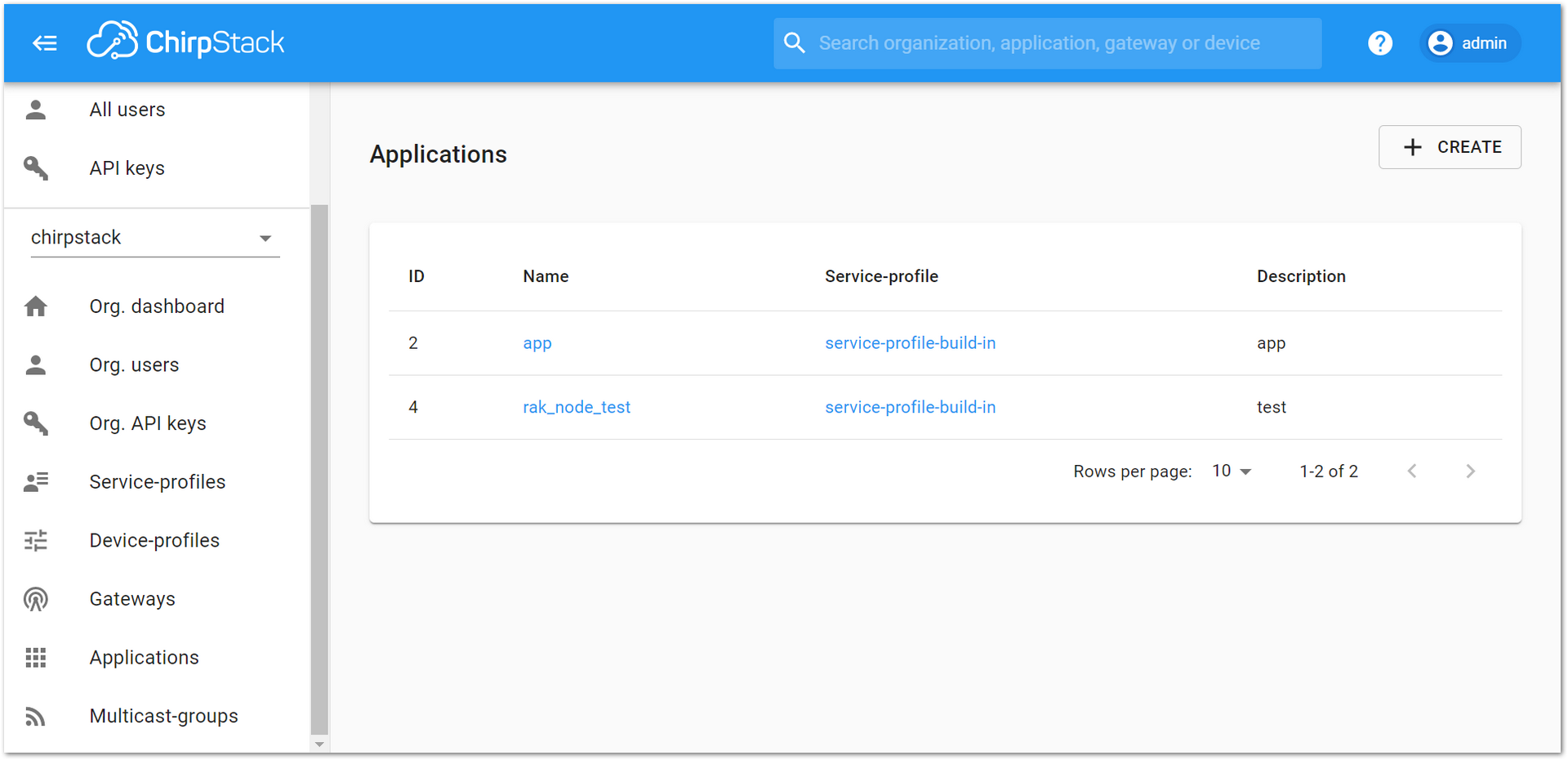 Figure 1: List of Applications Created
Figure 1: List of Applications Created- Select the DEVICES tab, as shown in Figure 48.
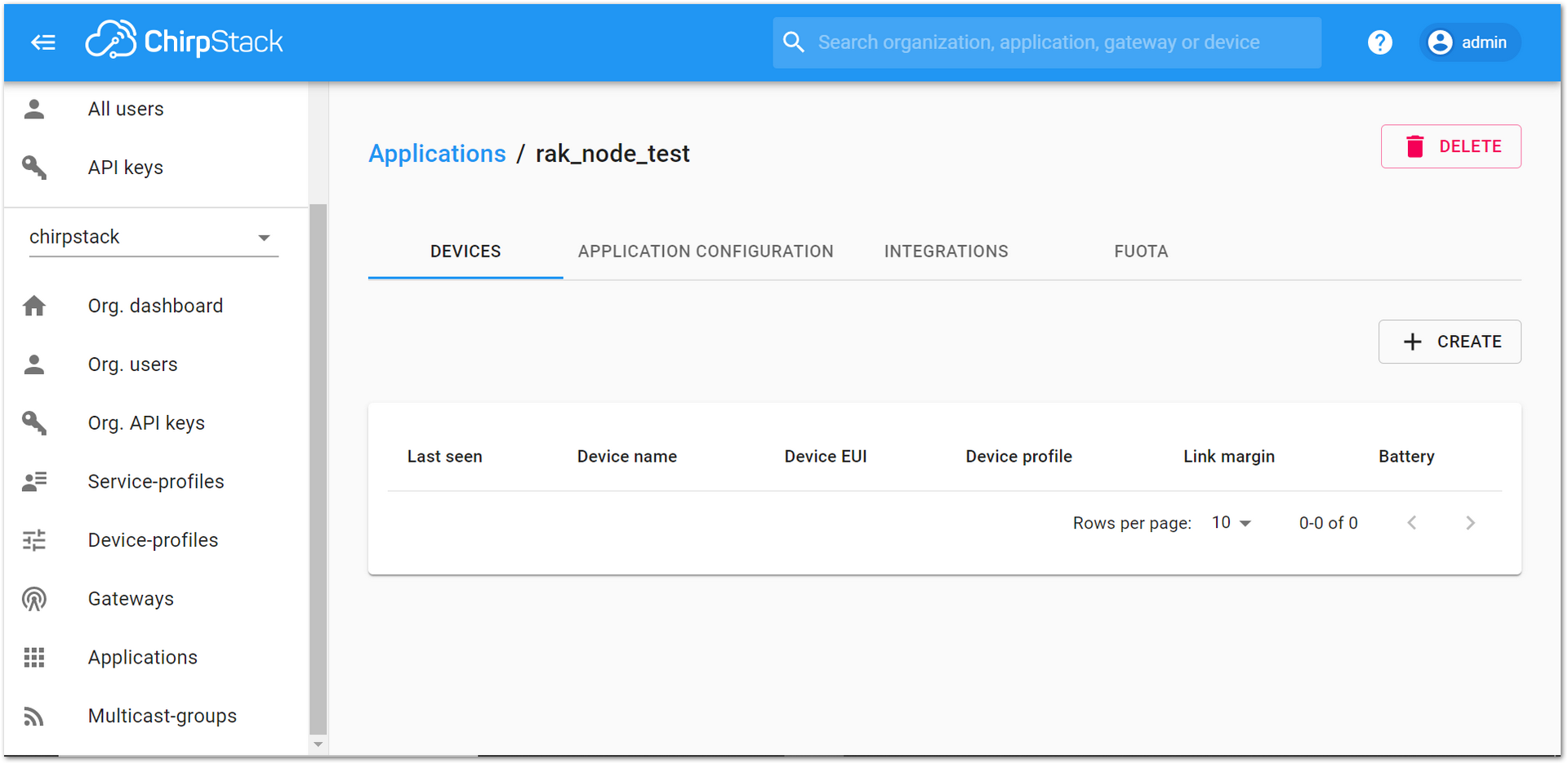 Figure 1: Devices Tab of an Application
Figure 1: Devices Tab of an Application- Inside of the DEVICES tab, create a new device (LoRa node) by clicking on the + CREATE button.
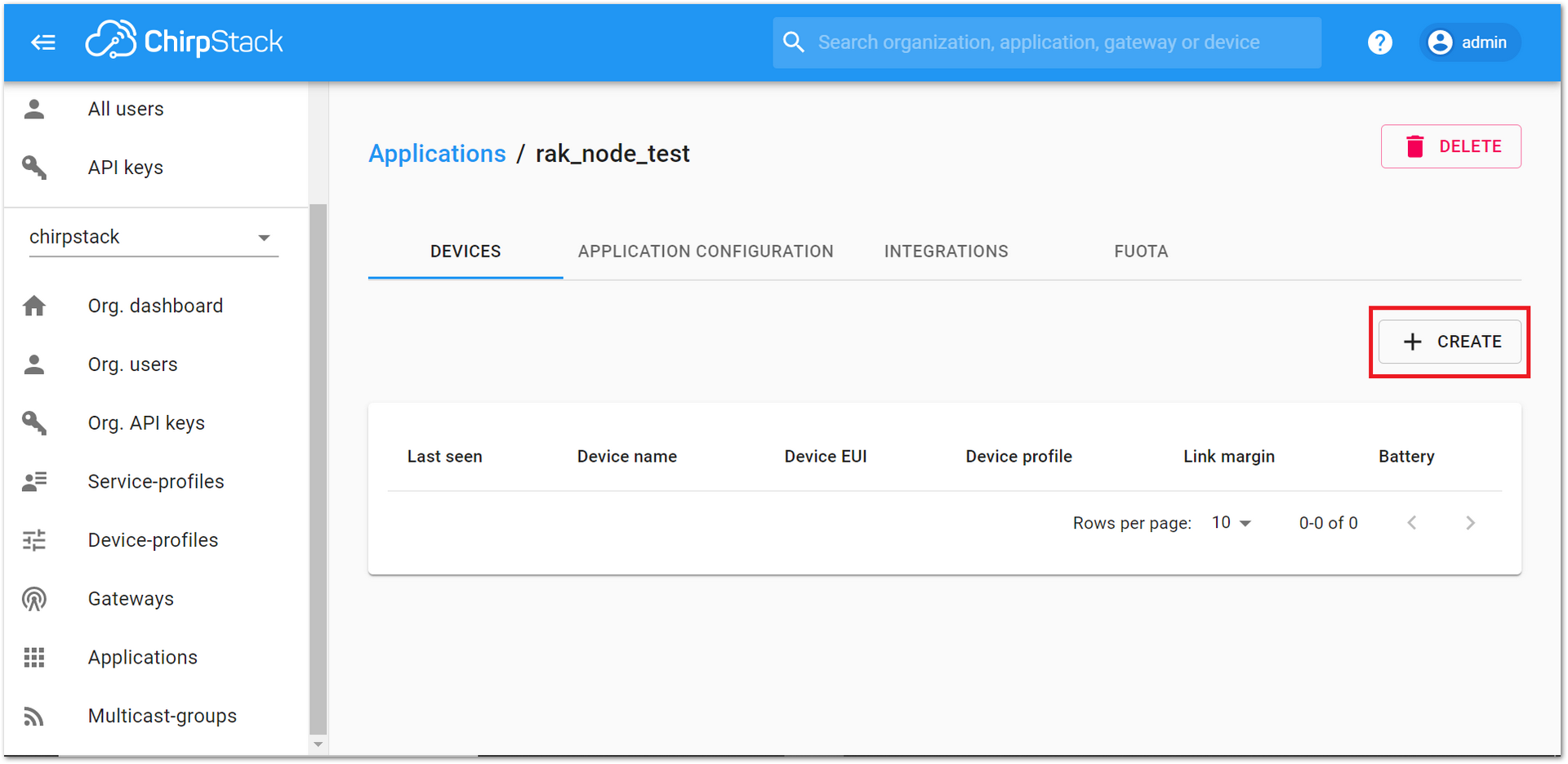 Figure 1: Add a New Device
Figure 1: Add a New Device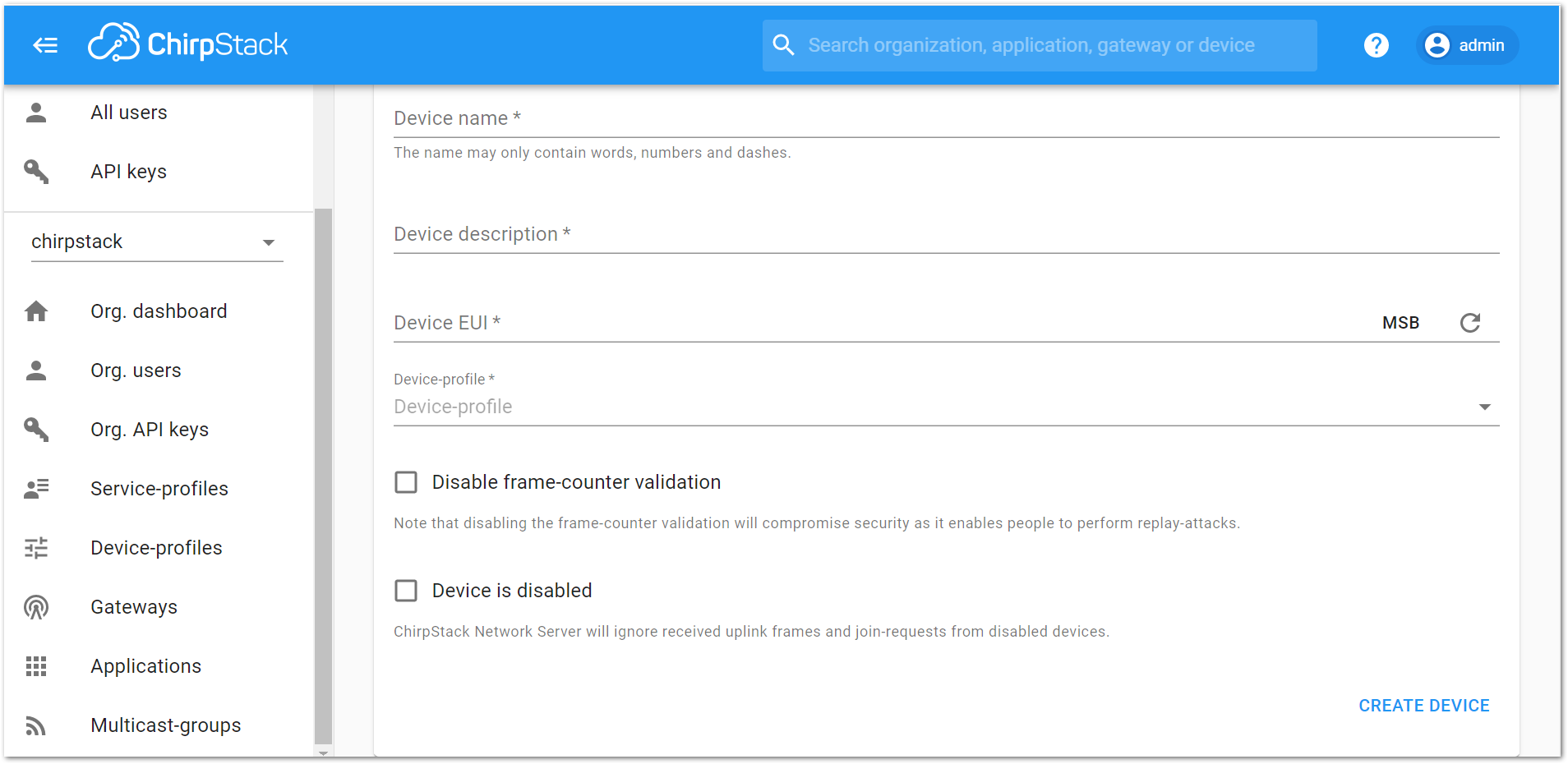 Figure 1: New Device Registration Form
Figure 1: New Device Registration Form- Generate a Device EUI automatically by clicking the icon highlighted in Figure 51. Or, you can write a correct Device EUI in the edit box.
Fill in the parameters requested:
- Device name and Device description: These are just descriptive texts.
- Device EUI: This interface allows you to generate a Device EUI automatically by clicking the icon highlighted in red in Figure 51. You can also add a specific Device EUI directly in the form.
- Device-profile: To join in OTAA mode, select device_profile_otaa or device_profile_abp to join in ABP mode.
- To finish, click on the CREATE DEVICE button.
ChirpStack doesn’t support AS923 in ABP mode.
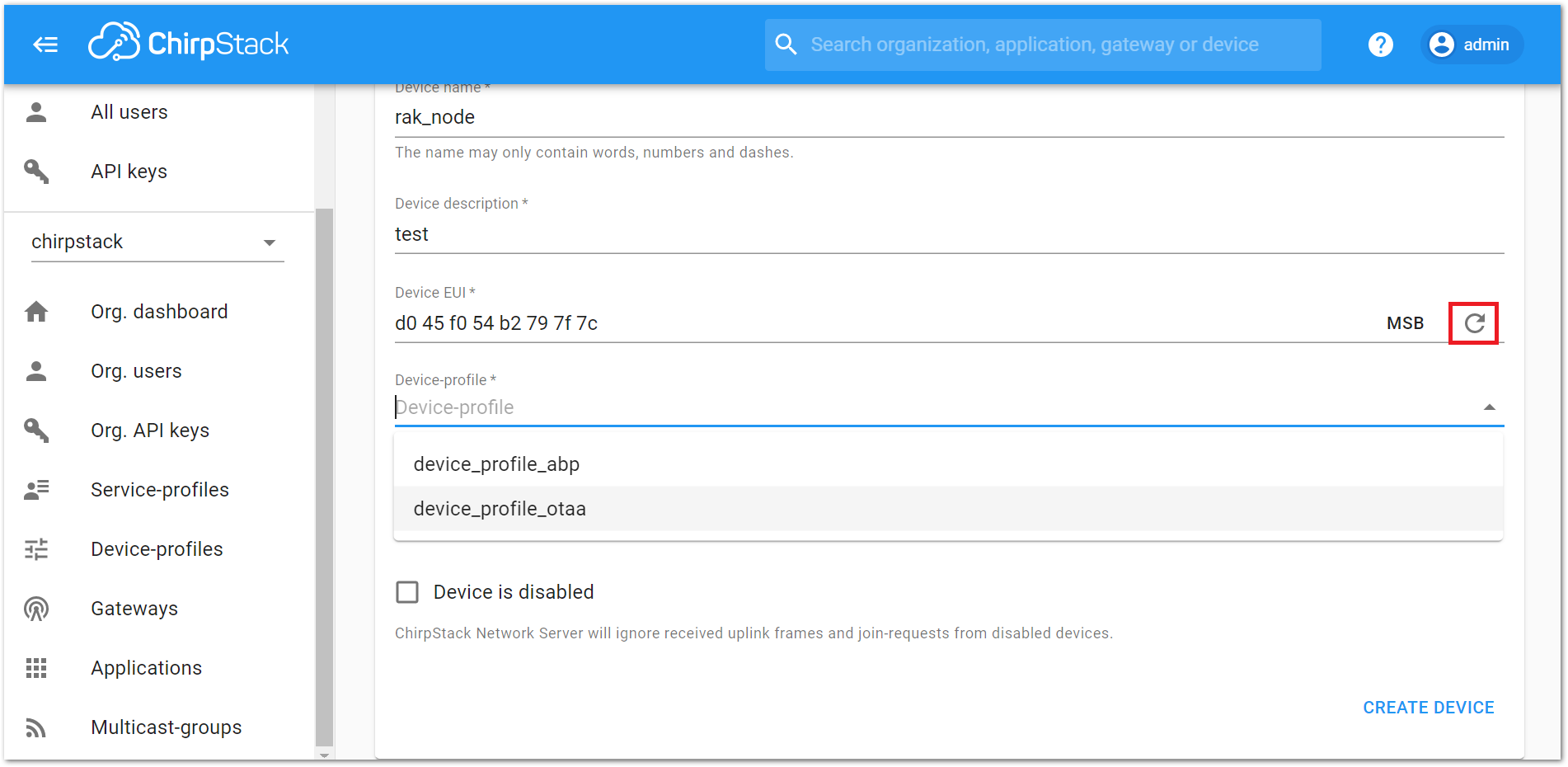 Figure 1: Generate a new Device EUI in the device registration form
Figure 1: Generate a new Device EUI in the device registration formLoRaWAN Join Mode
In LoRaWAN, a node can connect to the network using one of two methods, collectively referred to as Join Mode. The two supported modes are OTAA (Over the Air Activation) and ABP (Activation by Personalization). This section explains the configuration process for both modes, covering both the platform side and the node side.
OTAA Mode
Configure the OTAA Mode on the Platform
- If DeviceProfile_OTAA is selected, an Application Key must be created for the device after it is successfully created.
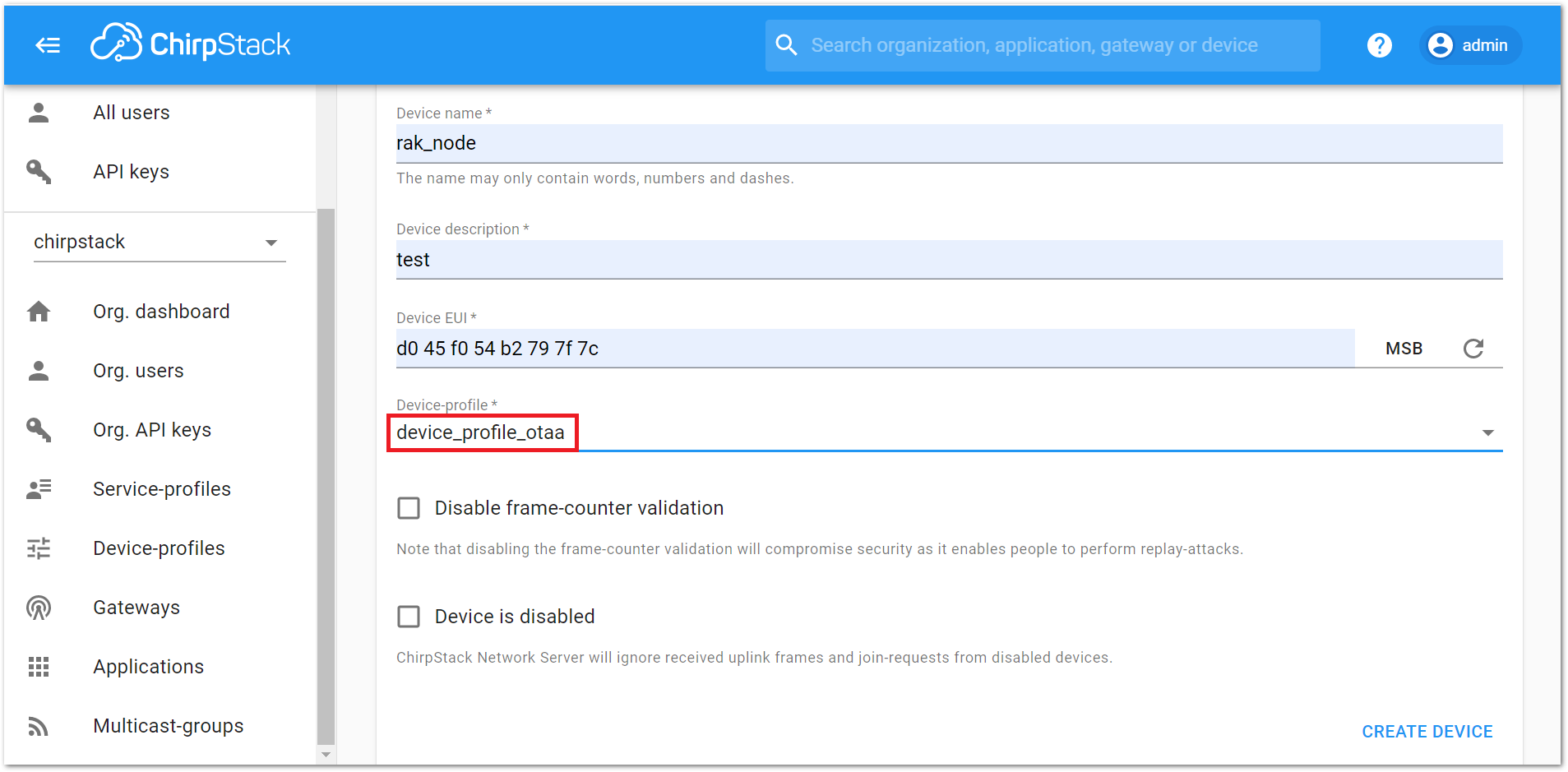 Figure 1: Chirpstack OTAA Activation
Figure 1: Chirpstack OTAA Activation- A previously created Application key can be entered here, or a new one can be generated automatically by clicking on the icon highlighted in red in Figure 53.
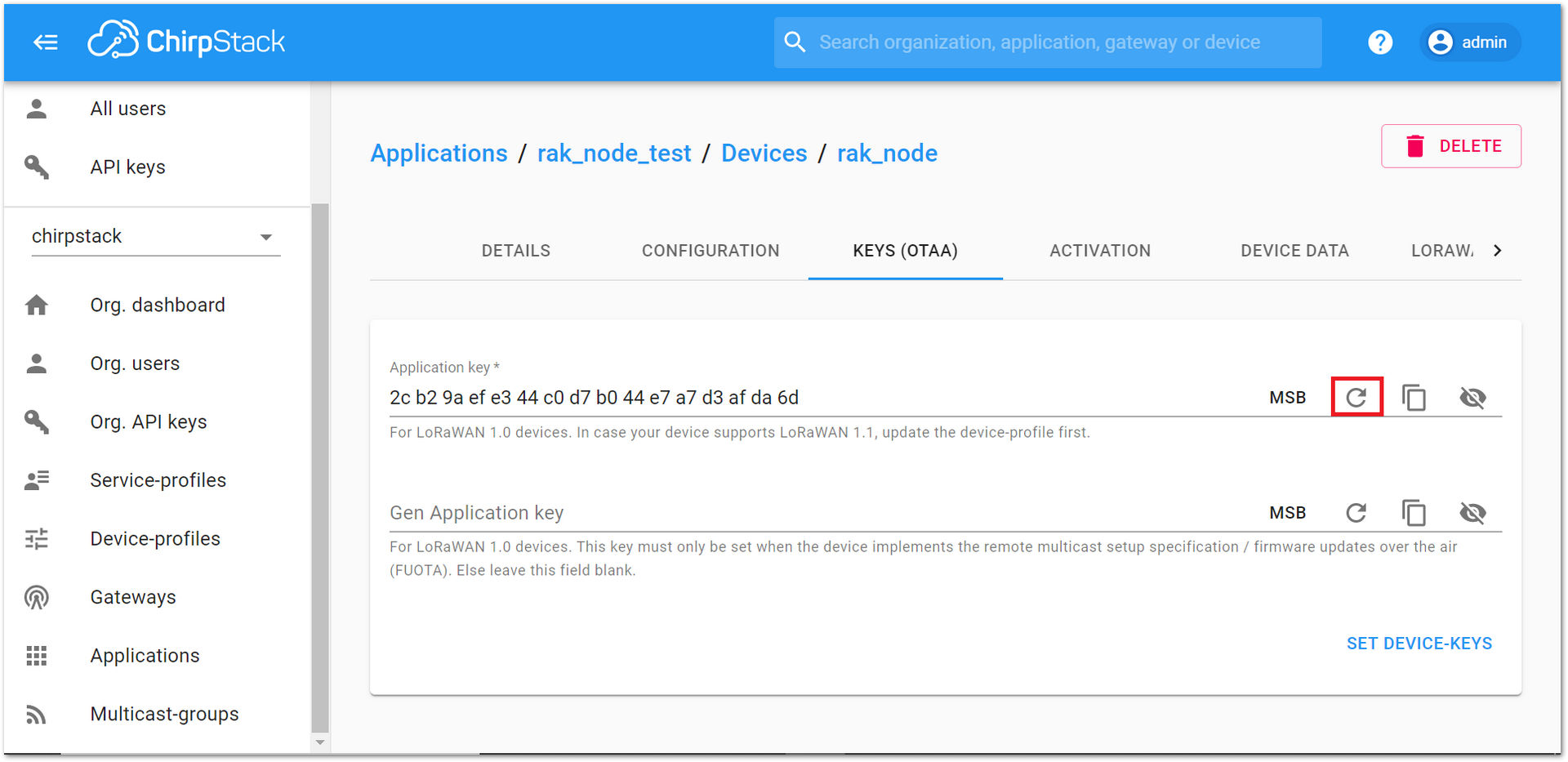 Figure 1: Chirpstack OTAA Set Device Keys
Figure 1: Chirpstack OTAA Set Device Keys- Once the Application key is added in the form, the process can be finalized by clicking on the SET DEVICE-KEYS button.
- As shown in Figure 54, a new device should be listed in the DEVICES tab. The most important parameters, such as the Device EUI, are shown in the summary.
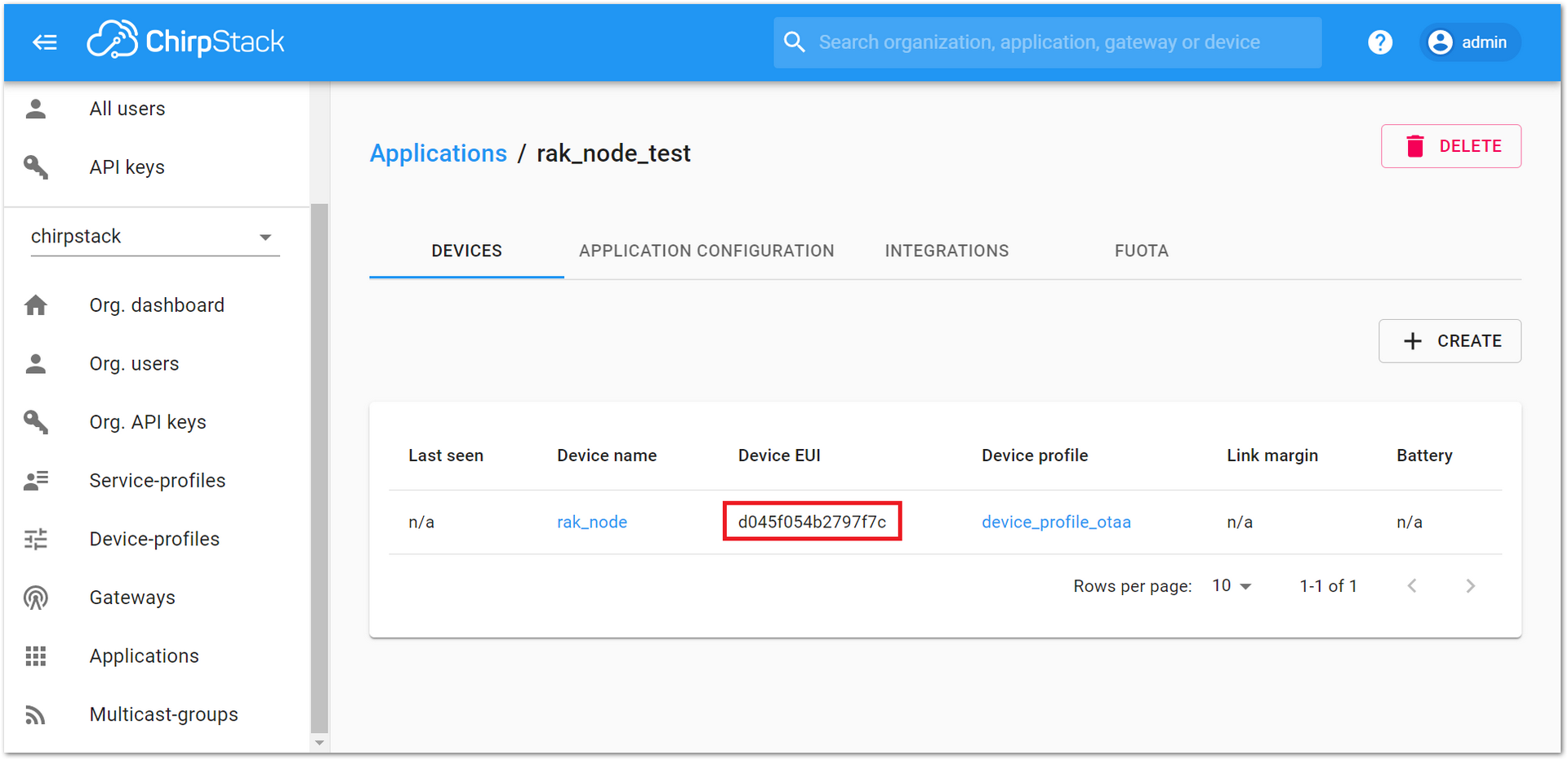 Figure 1: Chirpstack OTAA List of Device in the Device Tab
Figure 1: Chirpstack OTAA List of Device in the Device Tab- To end the process, it is a good practice to review that the Application key is properly associated with this device. The Application key can be verified in the KEYS(OTAA) tab.
 Figure 1: Application Key associated to the new device
Figure 1: Application Key associated to the new deviceStandard OTAA mode requires the Device EUI, Application Key, and the Application EUI. However, in ChirpStack’s implementation, only the Device EUI and Application Key are mandatory; the Application EUI is not required or recorded in the Application tab. Despite this, the Application EUI is a mandatory parameter in the RAK4270 Breakout Board firmware. To resolve this mismatch, you can reuse the Device EUI as the Application EUI when configuring the node.
Configure the OTAA Mode on the RAK4600 Breakout Board
RAK4600 Breakout Board complies with the LoRaWAN 1.0.2 specification. By default, the LoRa join mode is OTAA and the LoRa Class is Class A.
To set up the RAK4600 Breakout Board to join ChirpStack using OTAA, start by connecting the breakout board to the Windows PC, as shown in section Interfacing with RAK4600 Breakout Board, open the RAK Serial Port Tool, and then wait for the communication to start. It is recommended to test the serial communication by sending either of these two AT commands:
at+get_config=lora:status
at+version
 Figure 1: at+version command response
Figure 1: at+version command responseAs an example, the following parameters will be configured in the RAK4600 Breakout Board:
- LoRa join mode: OTAA
- LoRa class: Class A
- LoRa region: EU868
- Device EUI: d045f054b2797f7c (from ChirpStack registration)
- Application EUI: d045f054b2797f7c (from ChirpStack registration)
- Application Key: 2cb29aefe344c0d7b044e7a7d3afda6d (from ChirpStack registration)
- Set the LoRa join mode to OTAA.
at+set_config=lora:join_mode:0
- Set the LoRa Class to Class A.
at+set_config=lora:class:0
- Set the frequency/region to EU868 (for Europe).
Refer to the Datasheet for the list of supported frequencies.
at+set_config=lora:region:EU868
Remember that the device frequency shall be in the same frequency band as the gateway.
- Set the Device EUI.
at+set_config=lora:dev_eui:d045f054b2797f7c
- Set the Application EUI.
at+set_config=lora:app_eui:d045f054b2797f7c
The App EUI parameter is not needed for the ChirpStack platform; therefore, use the same ID as the Device EUI. Otherwise, the firmware will fail to connect to the network server.
- Set the Application Key.
at+set_config=lora:app_key:2cb29aefe344c0d7b044e7a7d3afda6d
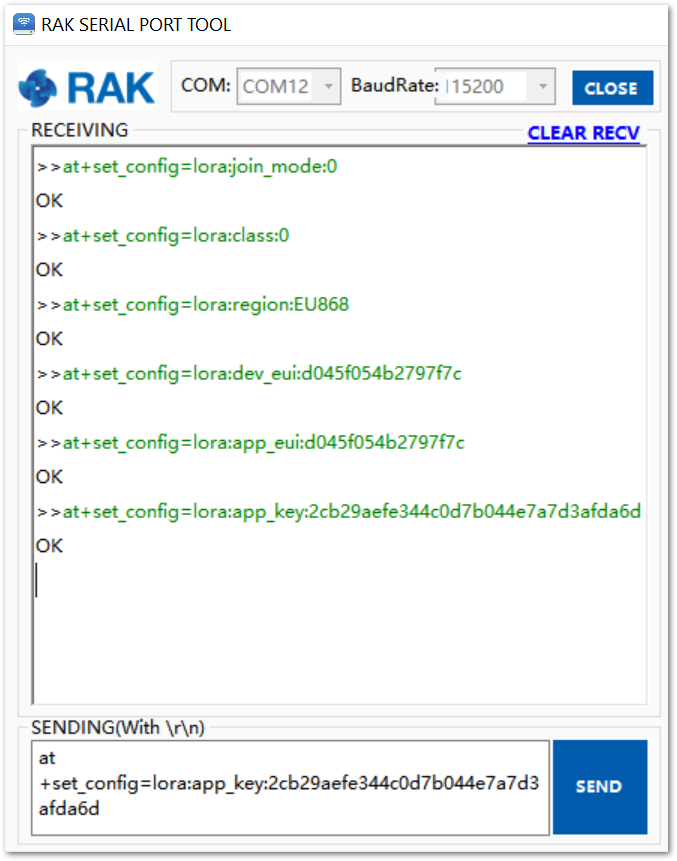 Figure 1: Chirpstack OTAA configuration via RAK Serial Port Tool
Figure 1: Chirpstack OTAA configuration via RAK Serial Port ToolAfter configuring all the parameters, reset your RAK4600 Breakout Board to save the parameters.
- Join the network.
at+join
- After 5 or 6 seconds, if the request is successfully received by a LoRa gateway, then the OK Join Success message will be shown.
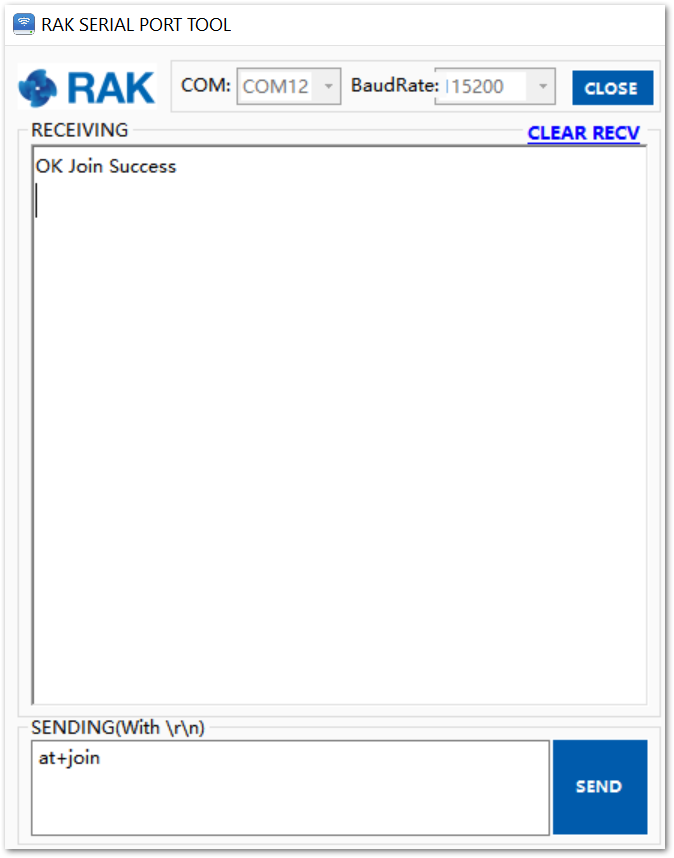 Figure 1: Chirpstack OTAA Join the Network via RAK Serial Port Tool
Figure 1: Chirpstack OTAA Join the Network via RAK Serial Port Tool- The JoinRequest and JoinAccept messages are also displayed on the ChirpStack platform, specifically in the LORAWAN FRAMES tab.
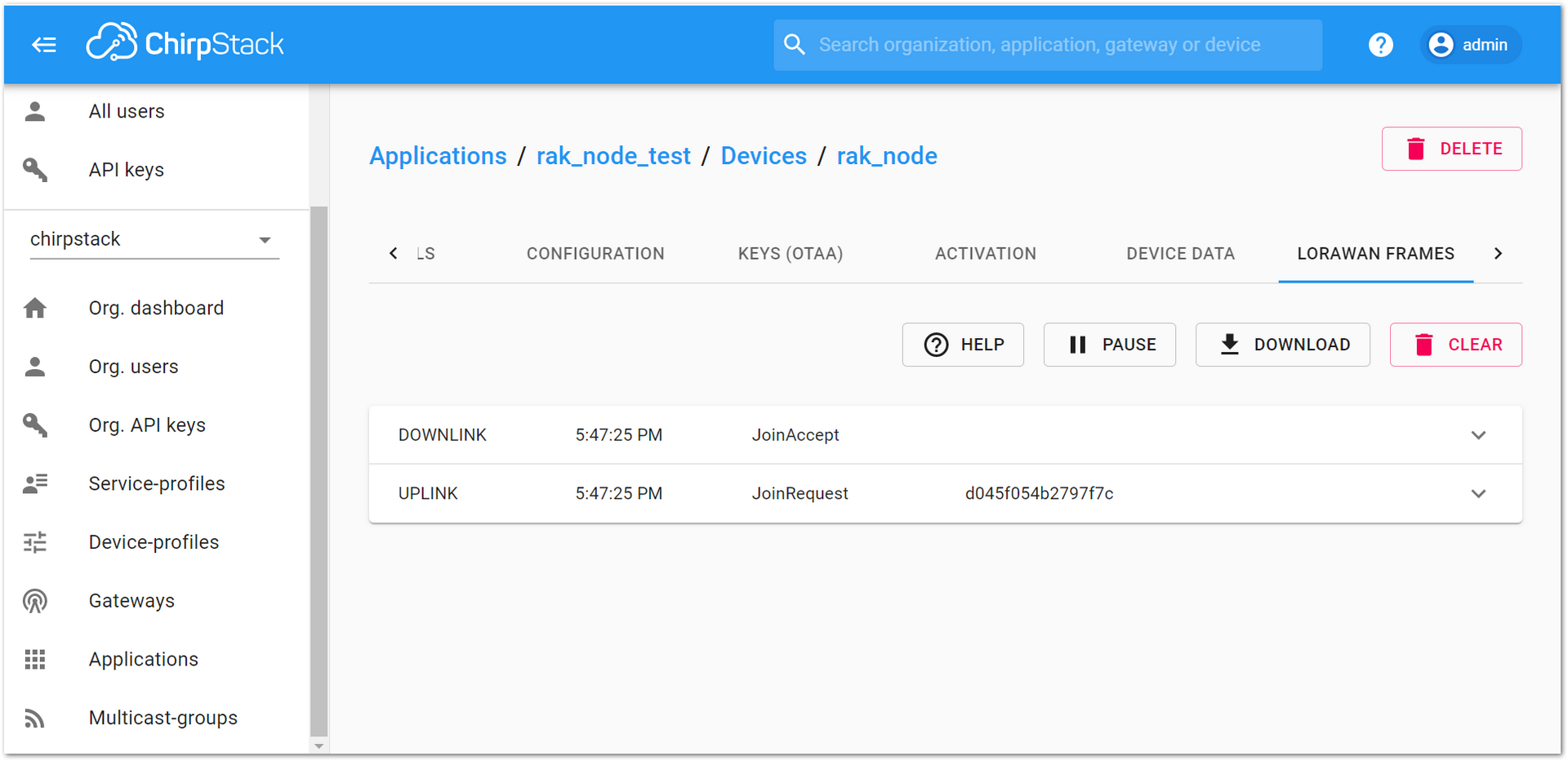 Figure 1: Check LoRaWAN Joint Request in Chirpstack OTAA Console
Figure 1: Check LoRaWAN Joint Request in Chirpstack OTAA Console- Try to send data from the RAK4600 Breakout Board to ChirpStack.
at+send=lora:2:1234567890
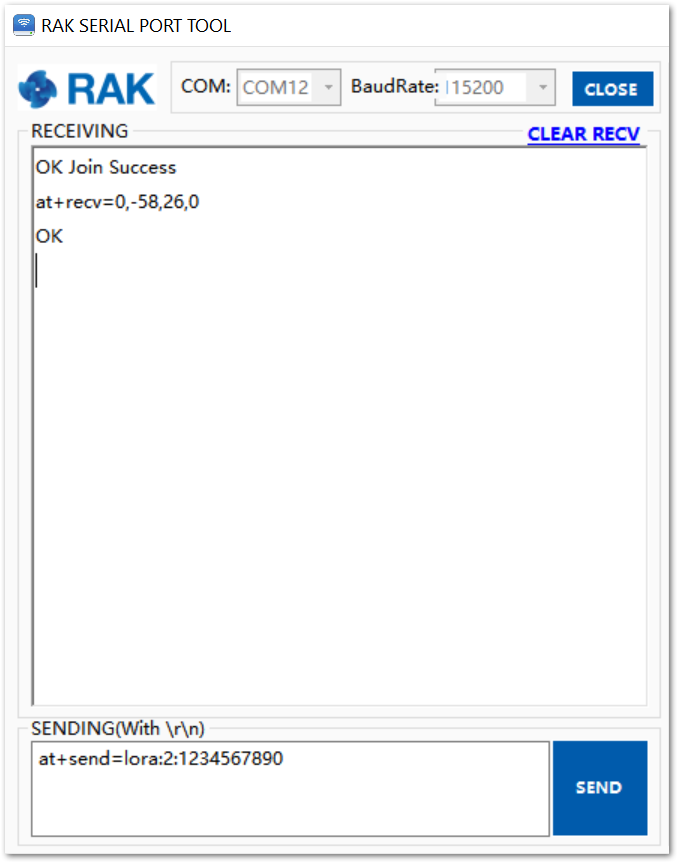 Figure 1: Send a LoRaWAN Message via RAK Serial Port Tool
Figure 1: Send a LoRaWAN Message via RAK Serial Port Tool- On the ChirpStack console, the messages shall appear in the LORAWAN FRAMES tab, as shown in Figure 61. By convention, messages sent from nodes to the gateway are considered as UPLINK, while messages sent by the gateway to nodes are considered as a DOWNLINK.
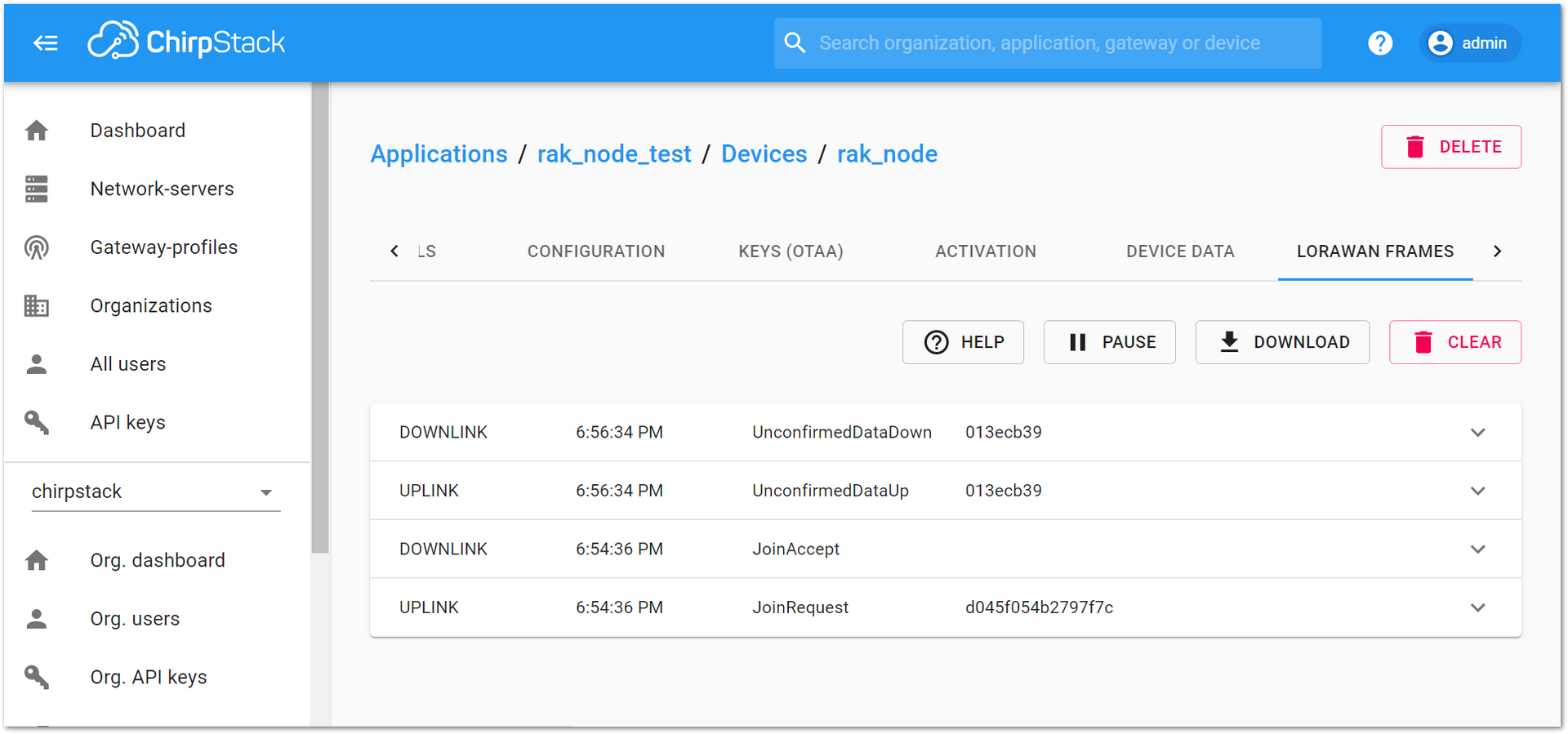 Figure 1: Chirpstack Data Received Preview
Figure 1: Chirpstack Data Received PreviewABP Mode
Configure the ABP Mode on the Platform
During the registration of a new device, if device_profile_abp is selected, then the ChirpStack platform will assume that this device will join the LoRaWAN network using the ABP mode.
Check Disable frame-counter validation to prevent issues during testing where the node-side frame counter resets to zero after the node is powered on. Without this setting, the server may fail to synchronize with the node-side counter, causing transmission errors.
- Fill the parameters requested, as appears in Figure 62:
- Device name and Device description: These are just descriptive texts.
- Device EUI: You can also add a specific Device EUI directly in the form.
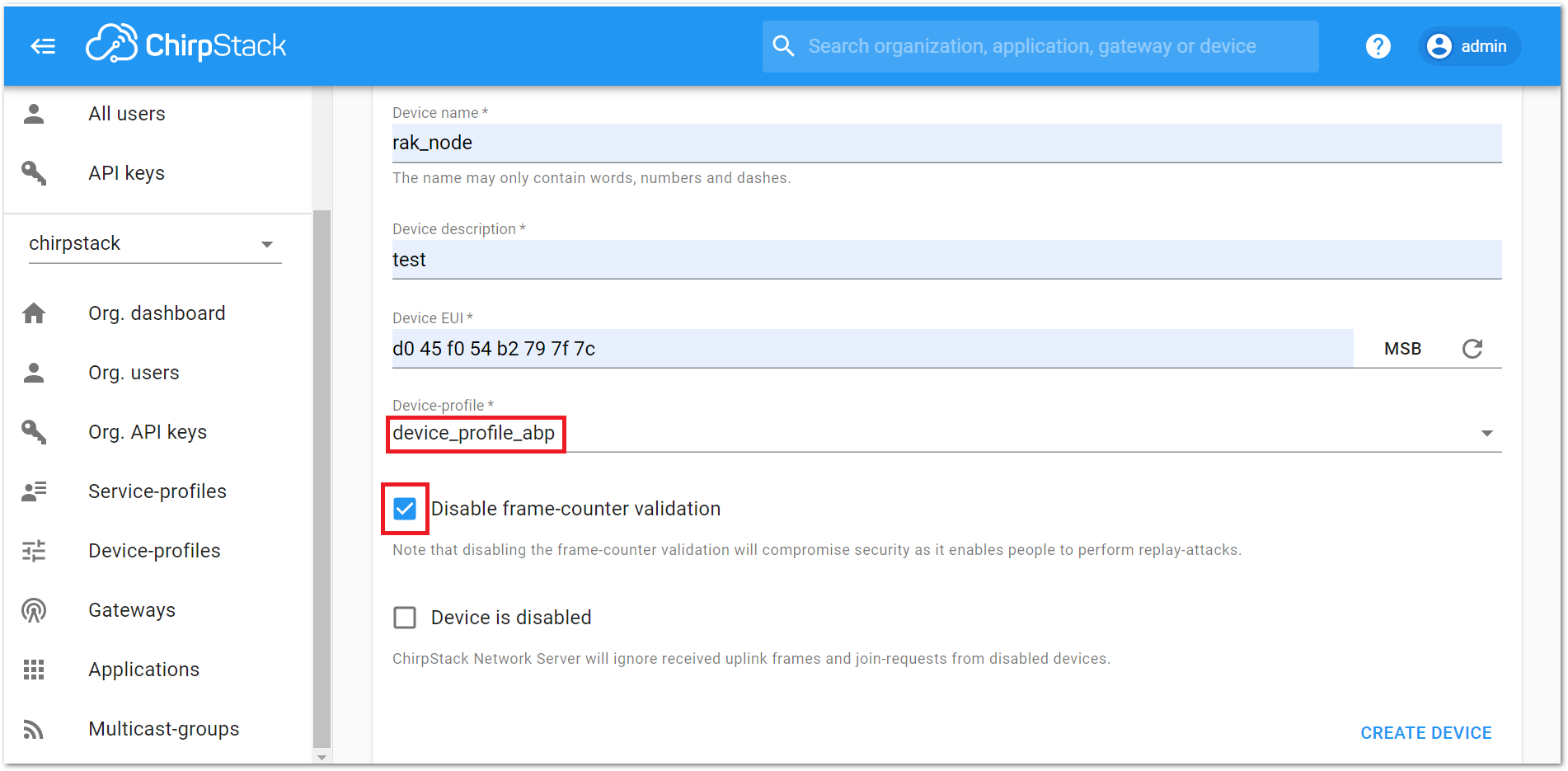 Figure 1: Configure a Device in ABP Mode
Figure 1: Configure a Device in ABP Mode- Once these parameters are filled, click on the CREATE DEVICE button.
After selecting the ABP mode, the following parameters appear in the ACTIVATION tab:
- Device address
- Network Session Key
- Application Session Key
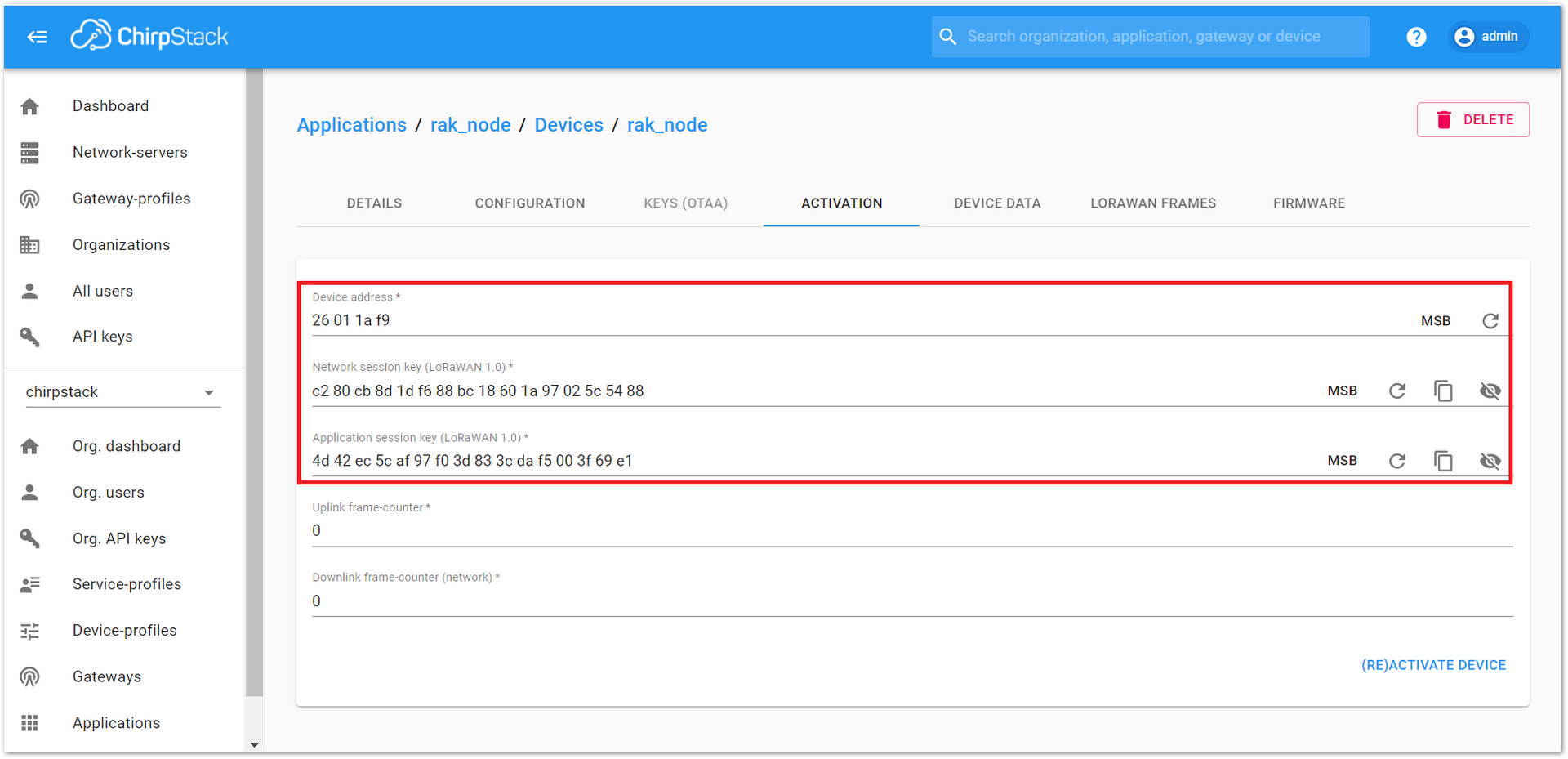 Figure 1: Chirpstack ABP Activation Parameters Needed
Figure 1: Chirpstack ABP Activation Parameters Needed- The parameters can be either randomly generated by the platform or manually set with user-defined values. Once all parameters are correctly filled in, complete the process by clicking the ACTIVATE DEVICE button.
Configure the ABP mode on the RAK4600 Breakout Board
The RAK4600 Breakout Board complies with the LoRaWAN 1.0.2 specification. By default, the LoRa join mode is OTAA, and the LoRa Class is Class A.
To set up the RAK4600 Breakout Board to join ChirpStack using ABP, start by connecting the breakout board to the computer, as shown in section Interface with RAK4600 Breakout Board, open the RAK Serial Port Tool, and then wait for the communication to start. It is recommended to test the serial communication by sending either of these two AT commands:
at+get_config=lora:status
at+version
 Figure 1: at+version command response
Figure 1: at+version command responseAs an example, the following parameters will be configured in RAK4600:
- LoRa join mode: ABP
- LoRa class: Class A
- LoRa region: EU868
- Device address: 26011af9 (from ChirpStack registration)
- Network Session Key: c280cb8d1df688bc18601a97025c5488 (from ChirpStack registration)
- Application Session Key: 4d42ec5caf97f03d833cdaf5003f69e1 (from ChirpStack registration)
- Set the LoRa join mode to ABP.
at+set_config=lora:join_mode:1
- Set the LoRa Class to Class A.
at+set_config=lora:class:0
- Set the frequency/region to EU868 (for Europe).
Refer to the Datasheet for the list of supported frequencies.
at+set_config=lora:region:EU868
- Set the Device Address.
at+set_config=lora:dev_addr:26011af9
- Set the Network Session Key.
at+set_config=lora:nwks_key:c280cb8d1df688bc18601a97025c5488
- Set the Application Key.
at+set_config=lora:apps_key:4d42ec5caf97f03d833cdaf5003f69e1
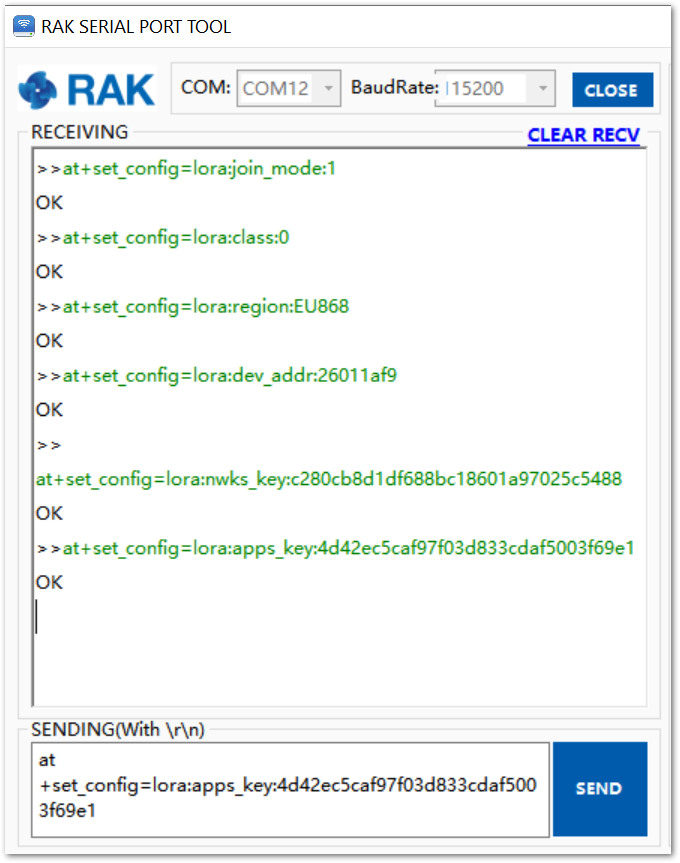 Figure 1: Chirpstack ABP Parameters Configuration via RAK Serial Port Tool
Figure 1: Chirpstack ABP Parameters Configuration via RAK Serial Port ToolAfter configuring all the parameters, reset your RAK4600 Breakout Board to save the parameters.
- Join in ABP mode.
at+join
The ABP mode in LoRaWAN doesn’t require to join a network before sending a LoRaWAN package. But, to keep the consistency of internal states of the firmware of the RAK4600, it is still required to send the at+join command in the ABP mode.
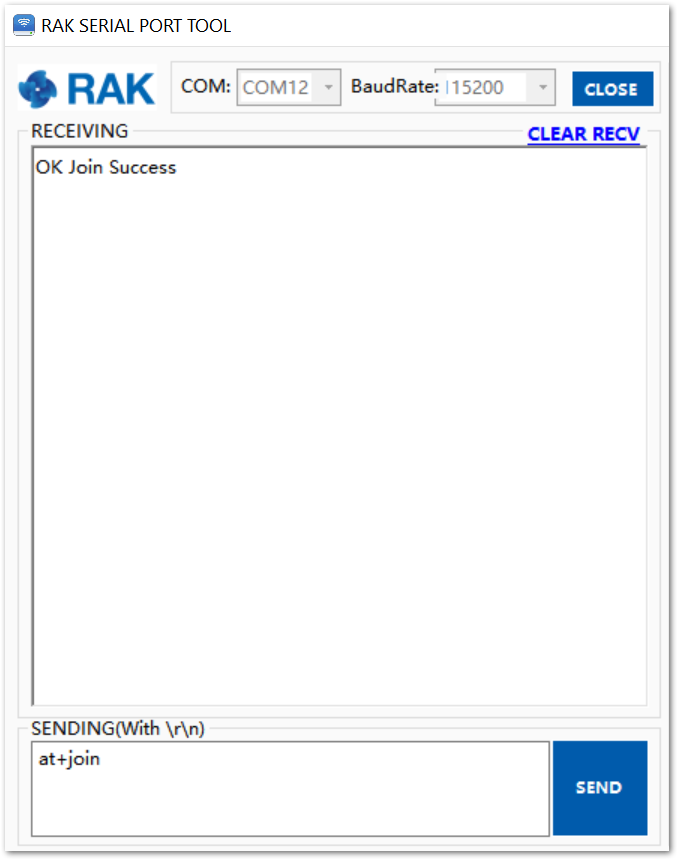 Figure 1: RAK Serial Port Tool join LoRaWAN in ABP mode.
Figure 1: RAK Serial Port Tool join LoRaWAN in ABP mode.- Try to send data from the RAK4600 Breakout Board to ChirpStack.
at+send=lora:2:1234567890
The console will feedback with an OK message.
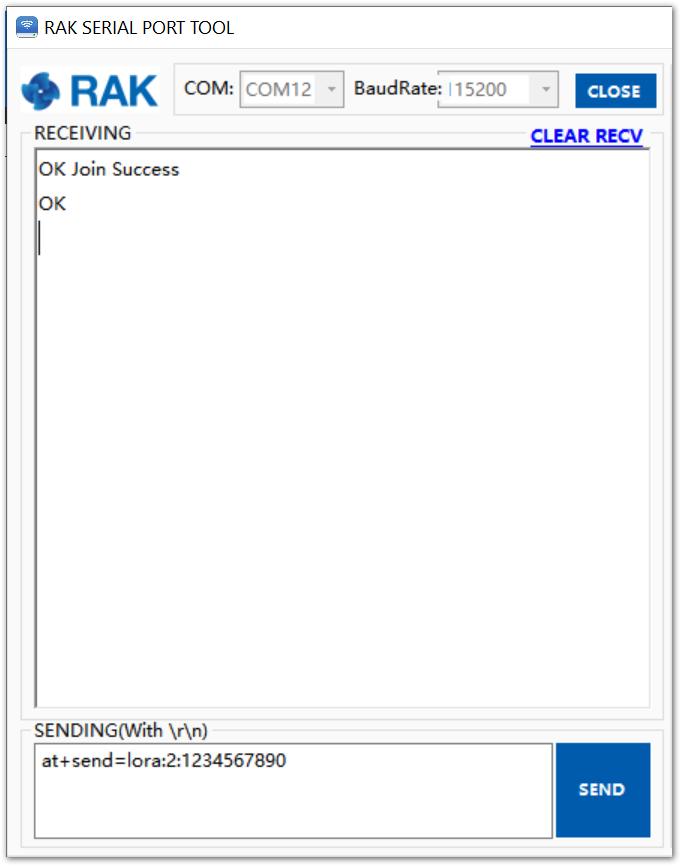 Figure 1: Chirpstack Sample Data Sent via RAK Serial Port Tool
Figure 1: Chirpstack Sample Data Sent via RAK Serial Port ToolThe sent data shall be displayed on the ChirpStack console on the LORAWAN FRAMES tab.
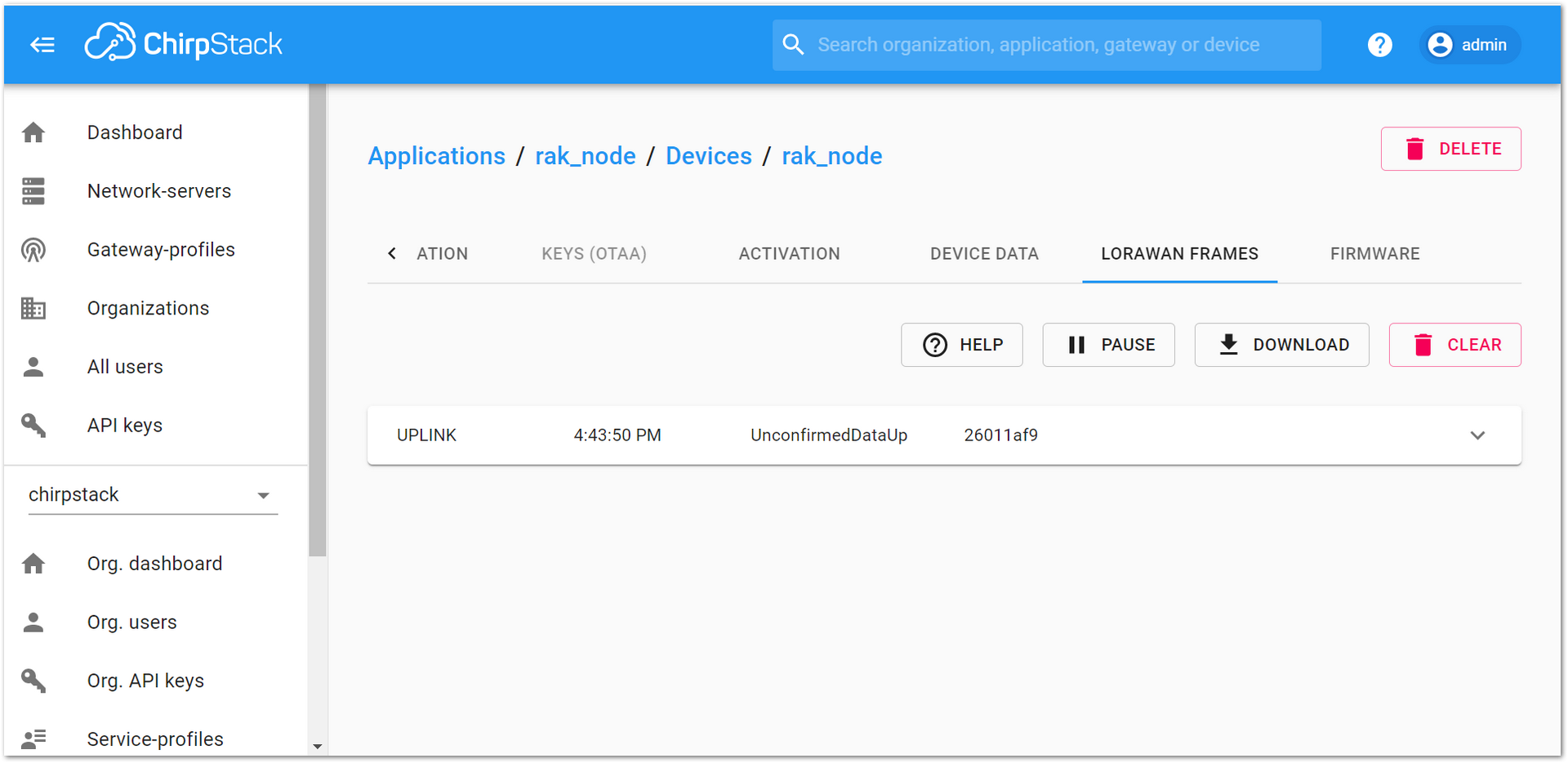 Figure 1: ChirpStack Console UPLINK LoRaWAN Frame in ABP mode.
Figure 1: ChirpStack Console UPLINK LoRaWAN Frame in ABP mode.LoRa P2P
Refer to LoRa P2P guide.
Miscellaneous
Bluetooth Connection Modes
There are three BLE modes in the RAK4600 Breakout Board from the firmware V3.0.0.6: the Peripheral Mode, the Central Mode, and the Beacon Scan Mode. You can change the work mode of RAK4600 Breakout Board BLE using the AT command provided, which is defined. For further information, refer to RAK4600 Breakout Board AT Command Manual.
at+set_config=ble:work_mode:<mode>:<long_range>
Description: Set the work mode for BLE.
- mode - 0: BLE peripheral mode, 1: BLE central mode. 2: Beacon scan mode.
- long_range - 0: normal range. RAK4600 Breakout Board does not support BLE long-range.
BLE Peripheral Mode
Using the Peripheral Mode, you can scan RAK4600 Breakout Board BLE and connect it using your mobile device.
BLE Central Mode
Using the Central Mode, the RAK4600 Breakout Board BLE will not advertise, so your mobile device will not be able to scan it. This is very useful if you want to make the breakout board act as a BLE gateway wherein BLE Sensor Nodes (up to 20 devices) can send sensor data.
Beacon Scan Mode
Using the Beacon Scan mode, the RAK4600 Breakout Board can scan around for Beacon devices. It is useful to scan iBeacon and Eddystone.
RAK4600 Breakout Board BLE Default Settings
By default, the RAK4600 Breakout Board operates in Peripheral Mode. In this mode, you can easily configure the board through BLE, including performing DFU. Note that after resetting the breakout board, you have only 60 seconds to establish a BLE connection with your mobile device due to its power consumption settings.
If no connection is made within 60 seconds, the breakout board will stop BLE advertising and enter power-saving mode. However, once a BLE connection is established, there are no time limitations for using the RAK4600 Breakout Board BLE.
If the RAK4600 Breakout Board is set to operate in Central Mode, it will initially function in Peripheral Mode for 30 seconds. If no connection is established within this time, it will automatically switch to Central Mode. In this mode, the breakout board stops BLE advertising and will no longer be visible to your mobile device until you either change the mode back to Peripheral Mode or reset the RAK4600 Breakout Board.
Upgrading the Firmware
Before you start working with the RAK44600 Breakout Board, it is recommended to keep the board updated to the latest version of the firmware. Download the latest RAK4600 firmware.
In the following sections, two (2) options for flashing new firmware in a RAK4600 Breakout Board are shown: Upgrade through DAPLink and Upgrade through BLE.
Firmware Upgrade Through DAPLink
Refer to the RAKDAP1 Flash and Debug Tool guide in the Accessories category.
Firmware Upgrade Through BLE
-
Install the nRF Connect for Mobile, developed by the Nordic Semiconductor company. This tool is available on Google Play Store and Apple App Store.
-
Download the DFU package for the RAK4600 Breakout Board and save it on your mobile phone.
-
Make sure the Bluetooth on your mobile is turned on. Open the nRF Connect for Mobile application, and you will see all BLE devices in range in the scan list:
 Figure 1: Available Bluetooth Devices in the nRF Connect app
Figure 1: Available Bluetooth Devices in the nRF Connect app- Turn on the RAK4600 Breakout Board and wait for a couple of seconds. Search for a BLE Device named RUI-... in the scan list of the app. Connect to this device and then click on Secure DFU Service.
The “RUI-...” BLE device is visible only for 60 seconds. For more information, see Bluetooth Connection Modes.
 Figure 1: Secure DFU Service in the nRF Connect App
Figure 1: Secure DFU Service in the nRF Connect App- In the “Secure DFU Service”, click the button highlighted in red in Figure 71.
 Figure 1: Buttonless DFU
Figure 1: Buttonless DFU- Click the arrow highlighted in Figure 72. A Write value pop-up window will appear and press “Send”.
 Figure 1: Reset the Bootloader via Bluetooth
Figure 1: Reset the Bootloader via Bluetooth- Now, the RAK4600 Breakout Board is now working in DFU Mode. In the application, you will see the default status of the breakout board, as shown in Figure 73.
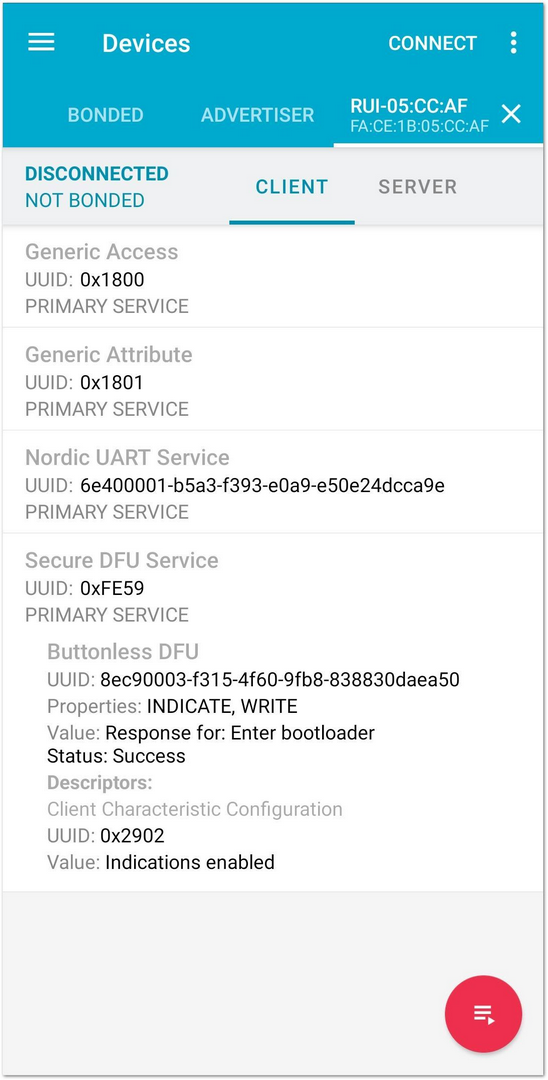 Figure 1: RAK4600 Breakout Board Default Status Overview after Resetting
Figure 1: RAK4600 Breakout Board Default Status Overview after Resetting- In the nRF Connect device list, search for a BLE device named DfuTarg and then, click on the CONNECT button.
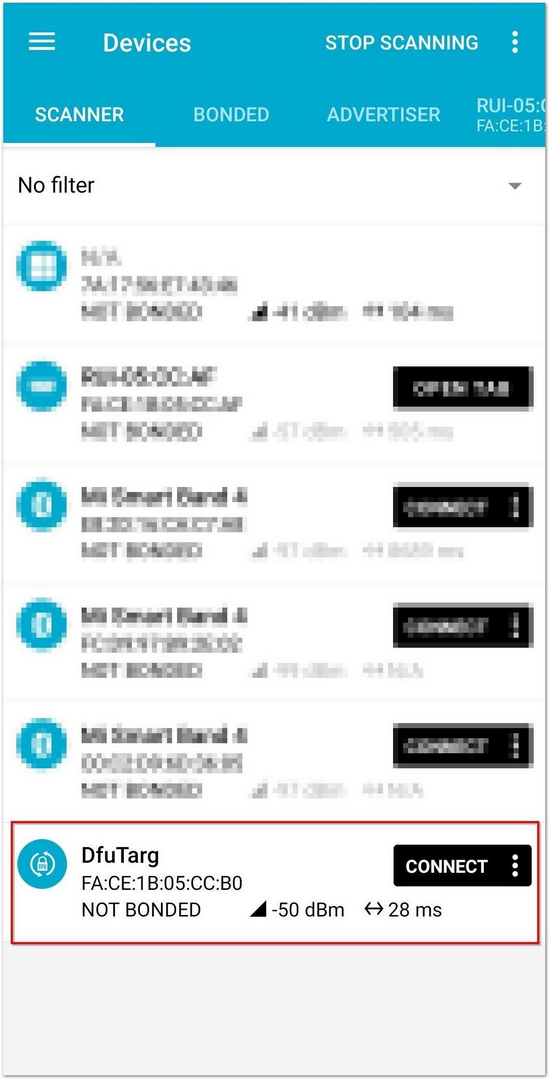 Figure 1: RAK4600 Breakout Board Default Bluetooth ID after Resetting
Figure 1: RAK4600 Breakout Board Default Bluetooth ID after Resetting- After connecting, select the DFU Icon. In the file type selection, choose Distribution packet (ZIP) and press OK. You will then be prompted to select the ZIP file of the DFU package you previously downloaded.
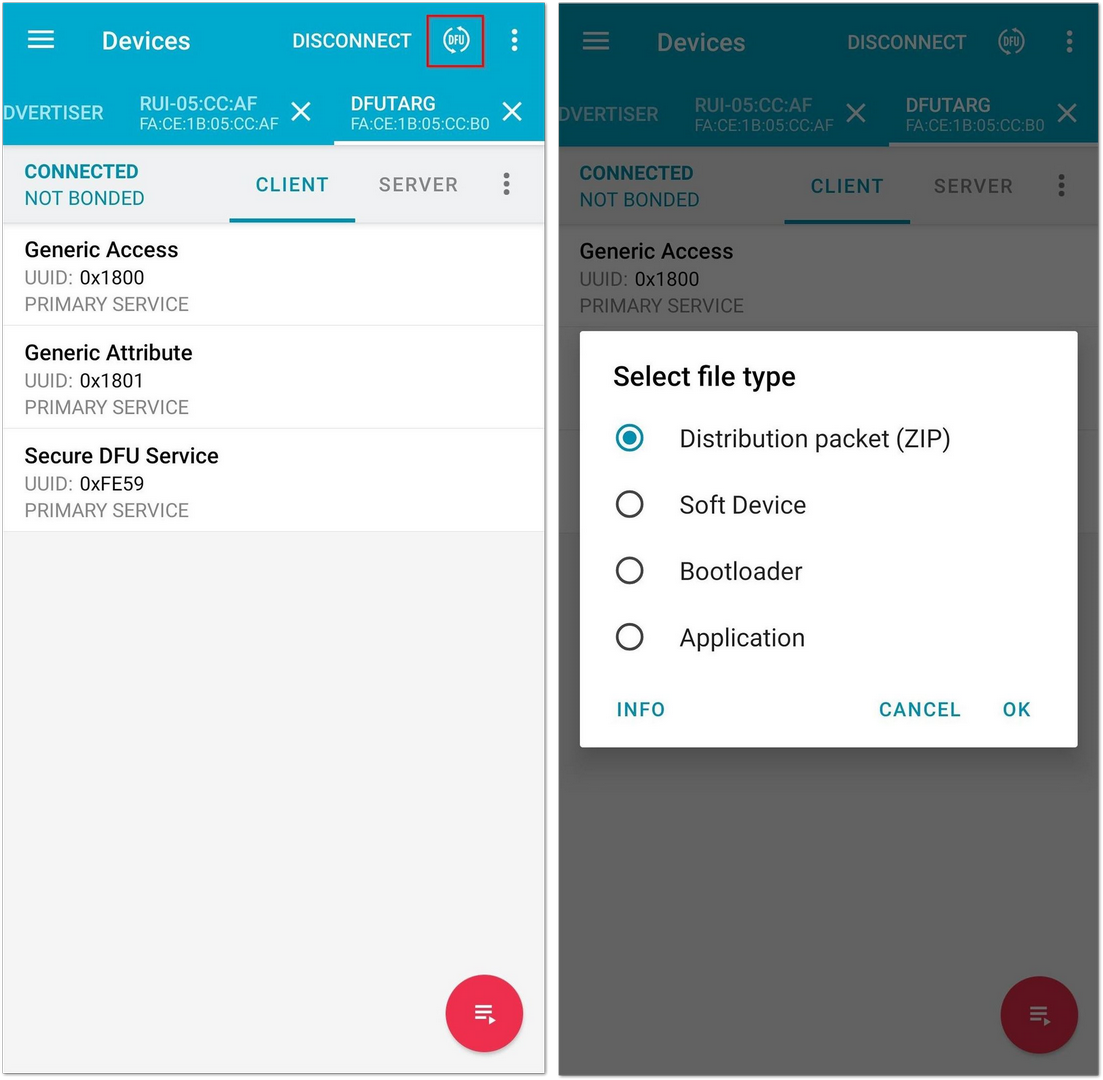 Figure 1: Distribution Packet File Type under DFU
Figure 1: Distribution Packet File Type under DFU- The DFU application will automatically begin upgrading the firmware of the RAK4600 Breakout Board via DFU over BLE. Once the upgrade is complete, the application will restart the breakout board, and DFU mode will be disabled. You can now use the RAK4600 Breakout Board with the latest firmware.
 Figure 1: DFU Upgrading of RAK4600 Breakout Board Firmware via BLE
Figure 1: DFU Upgrading of RAK4600 Breakout Board Firmware via BLE